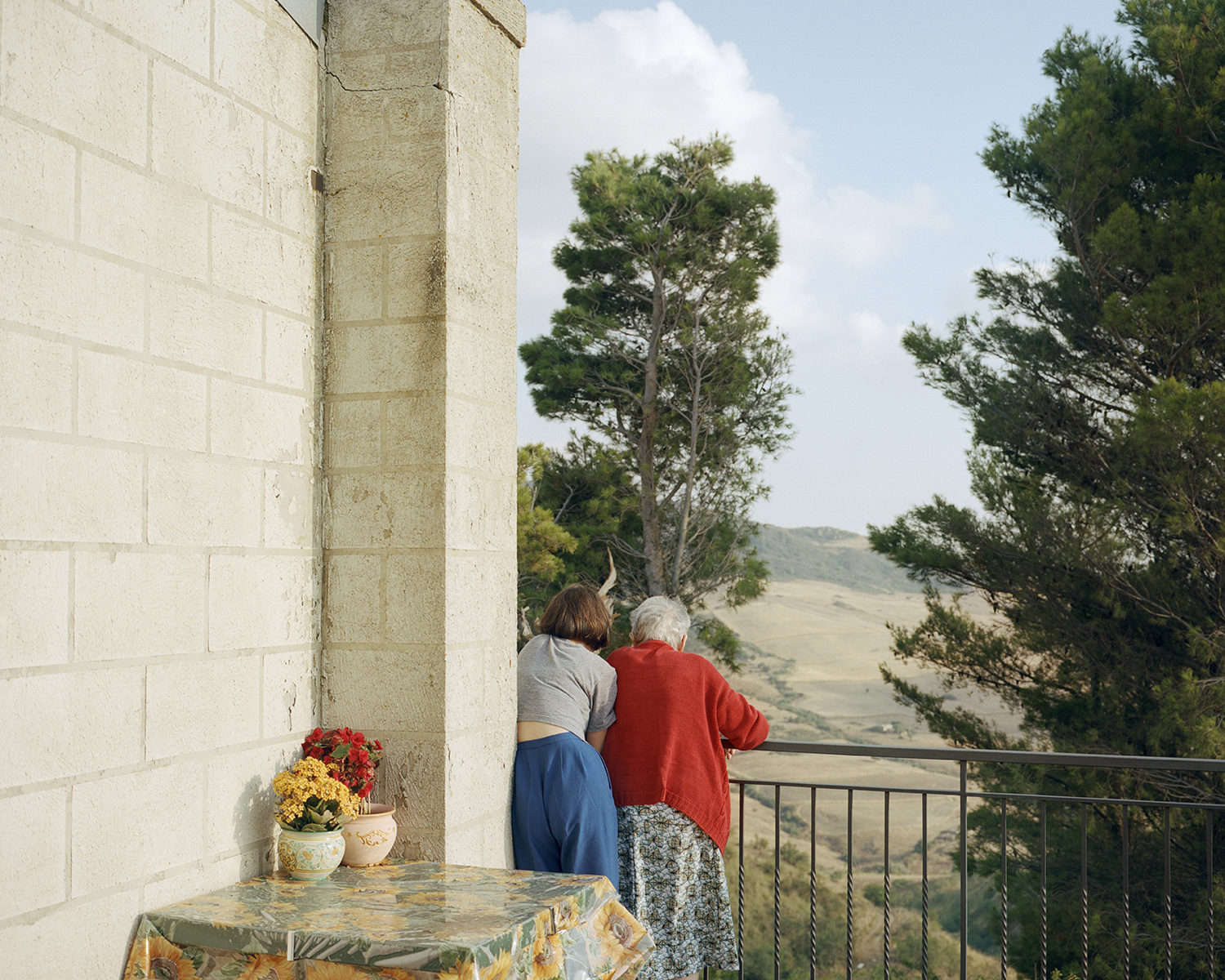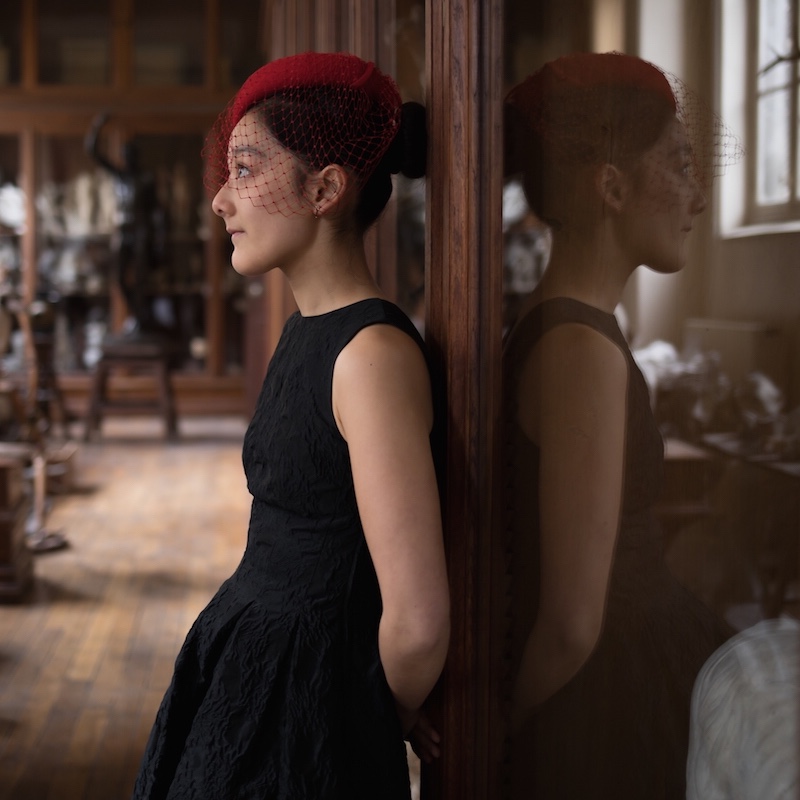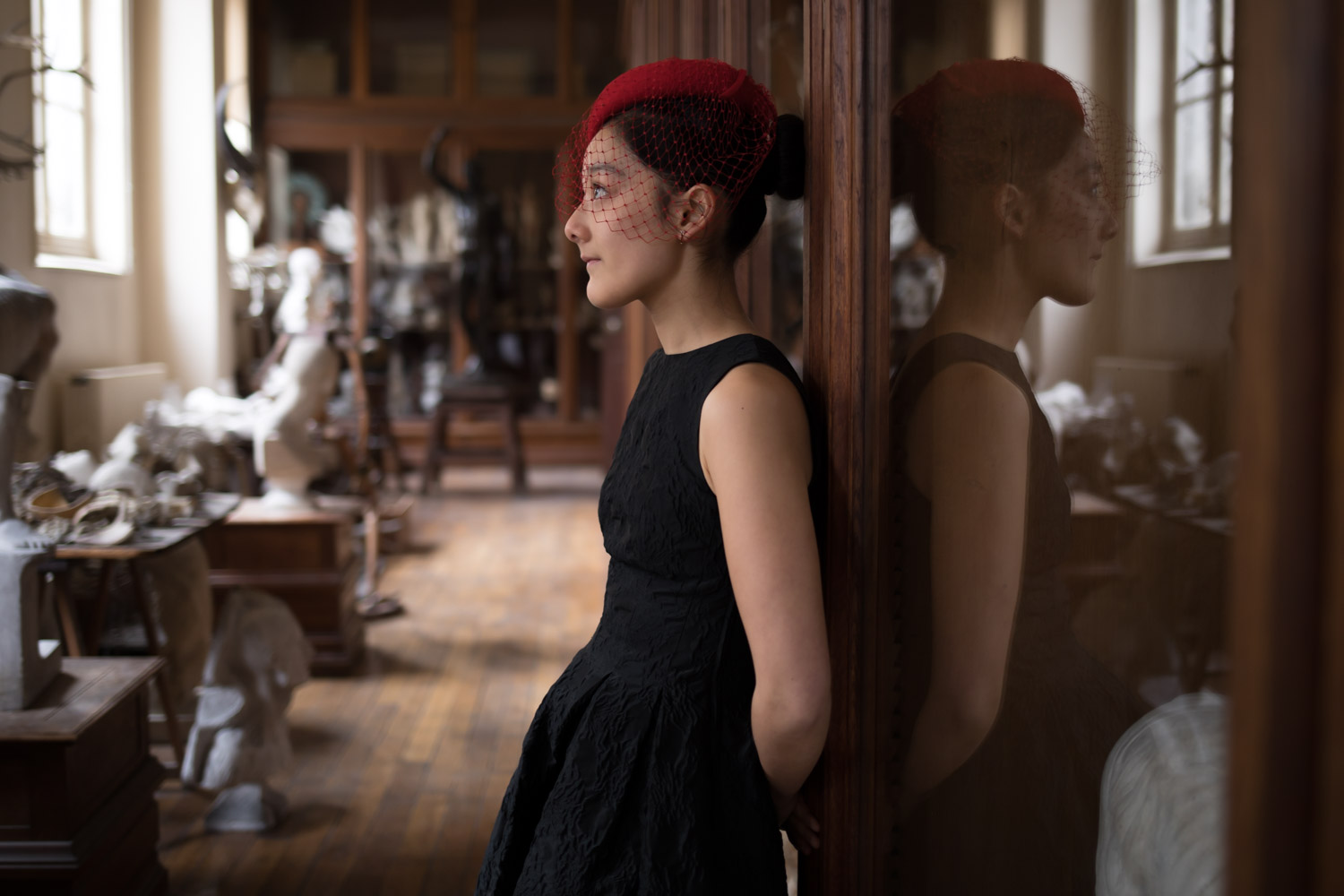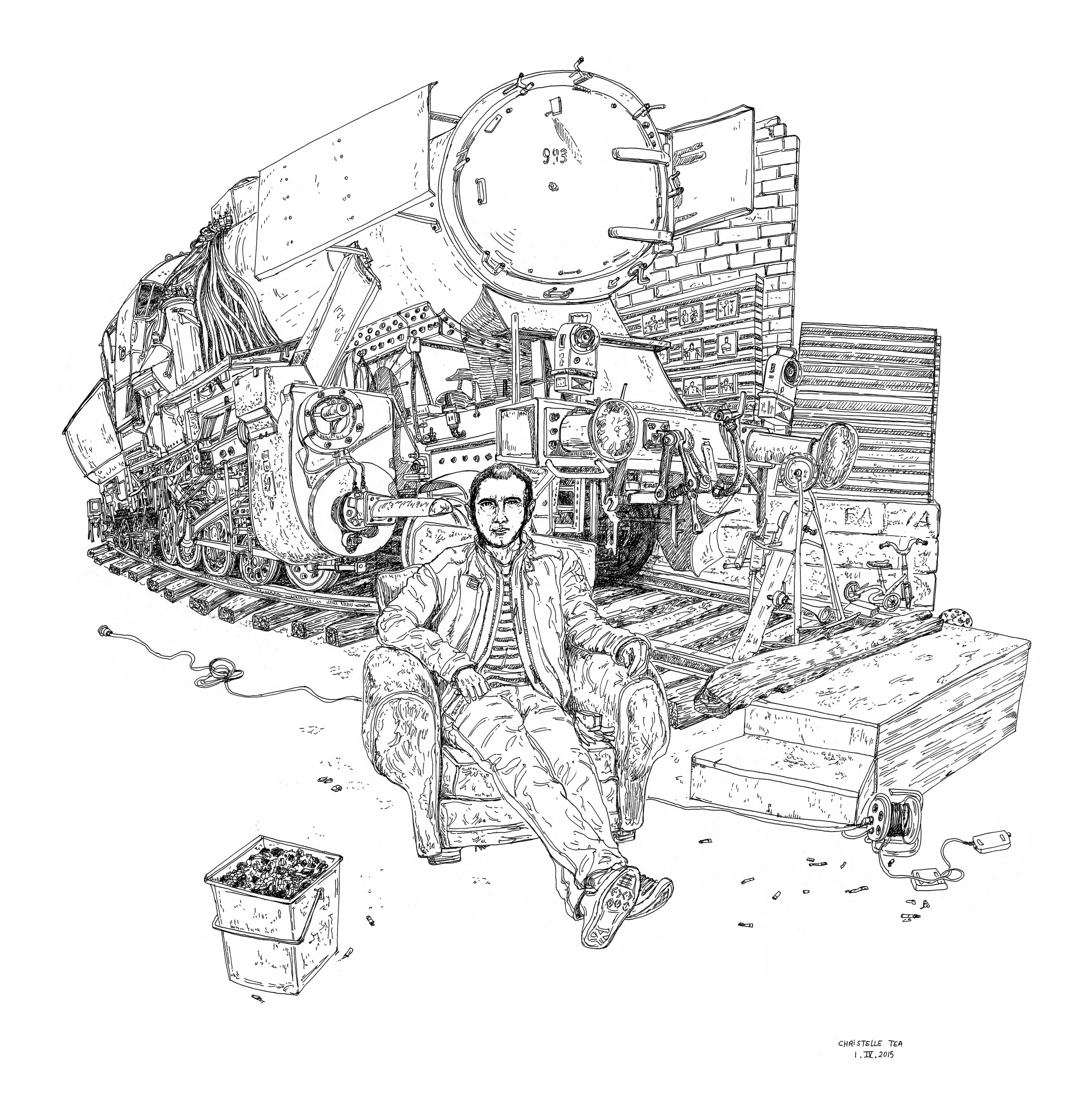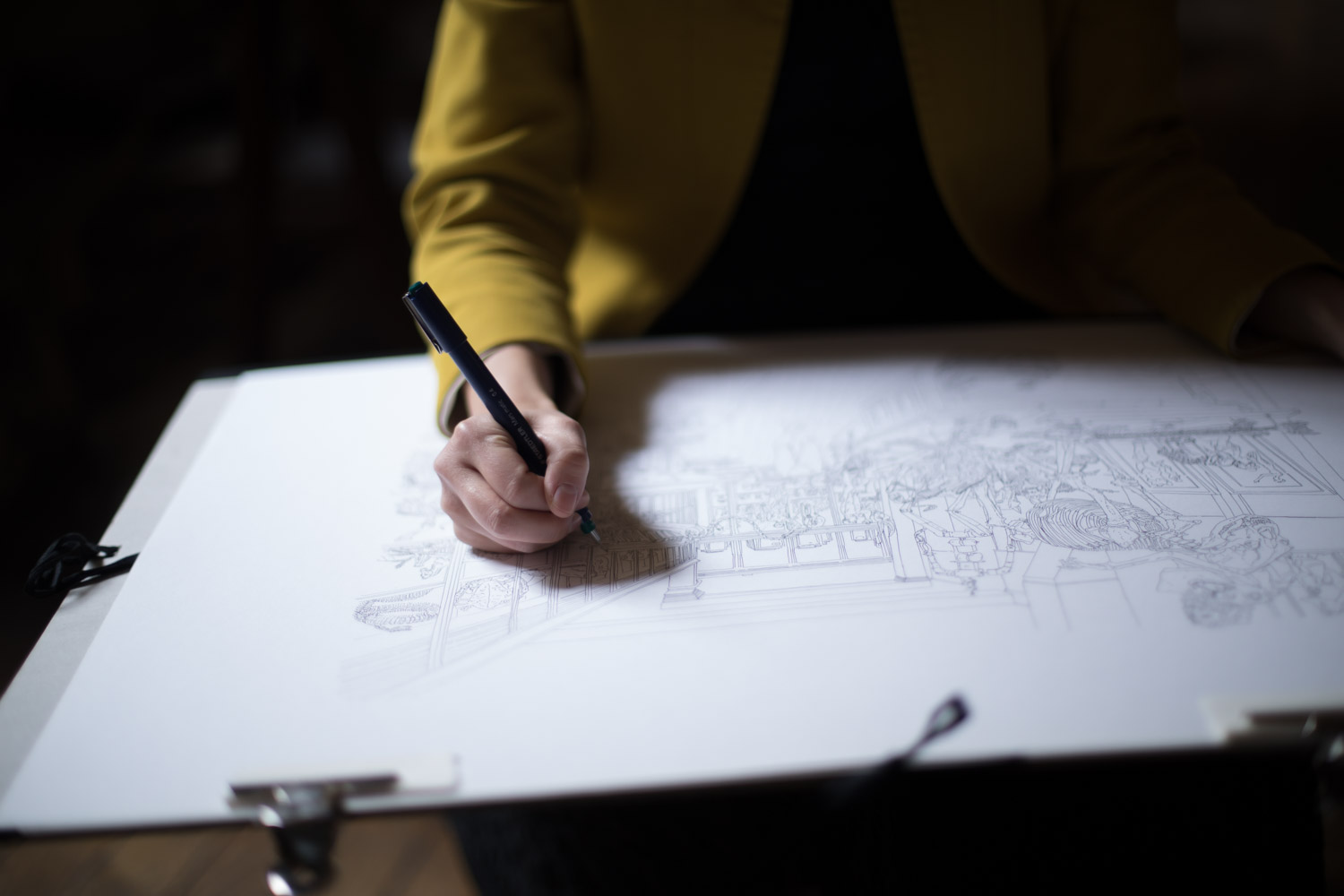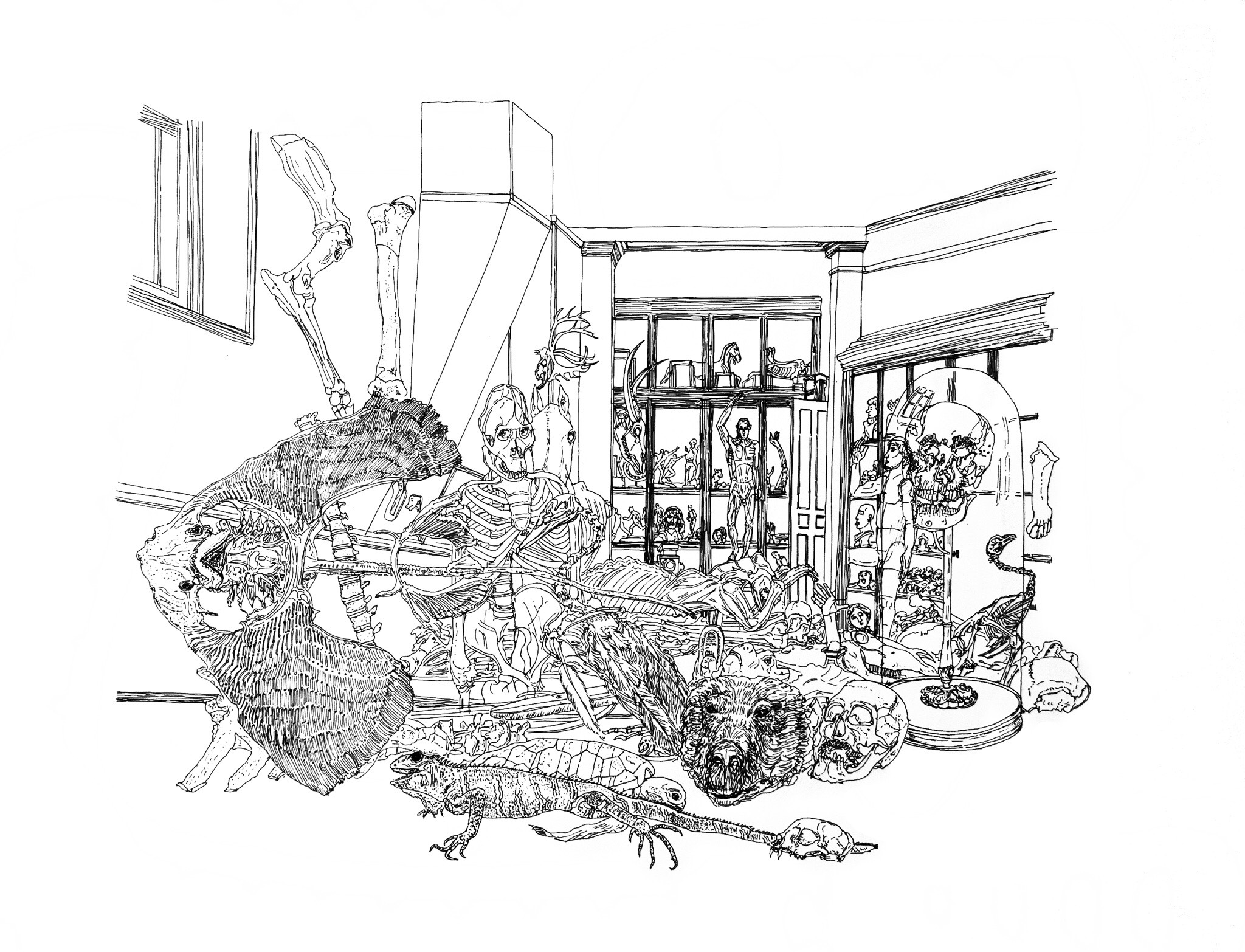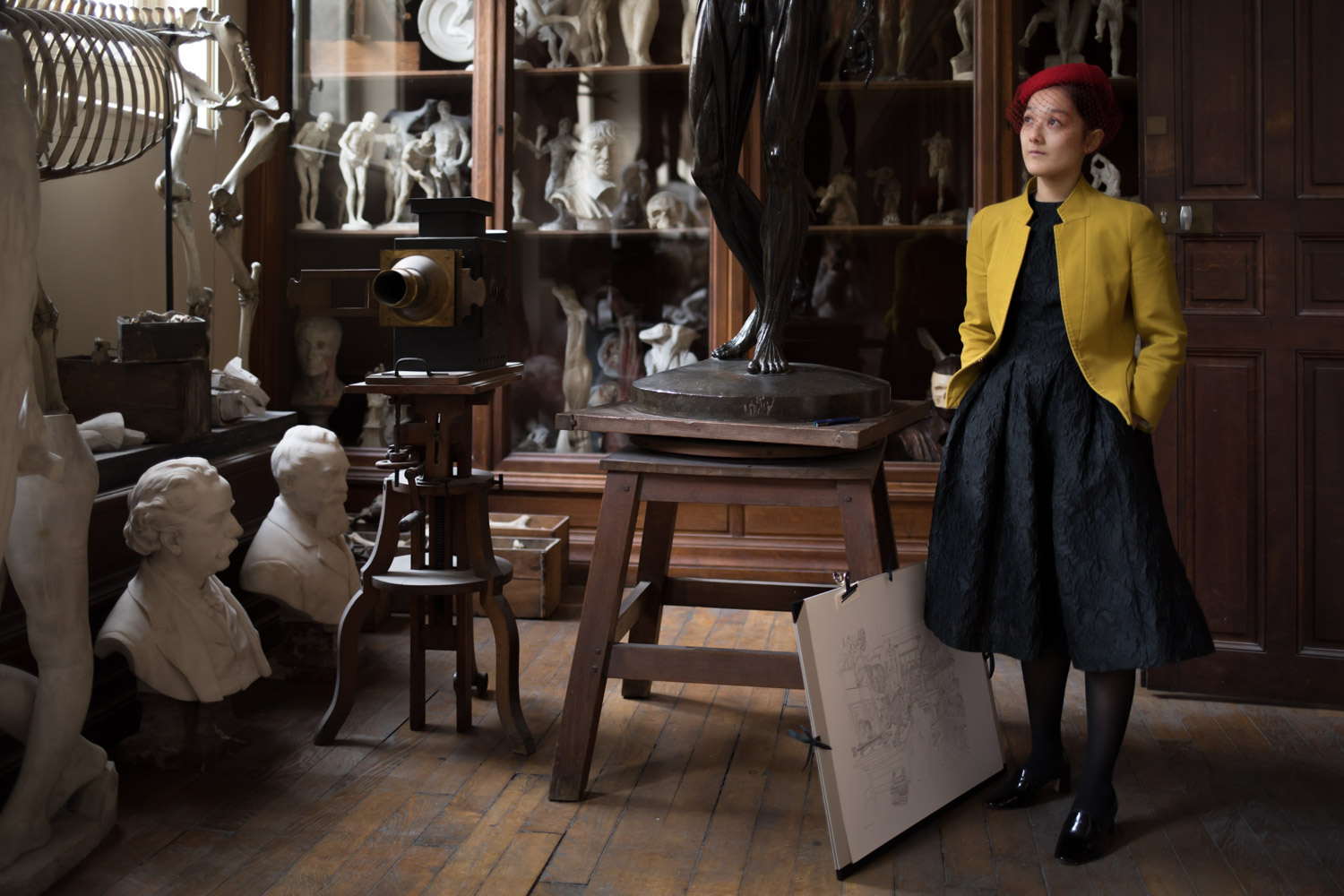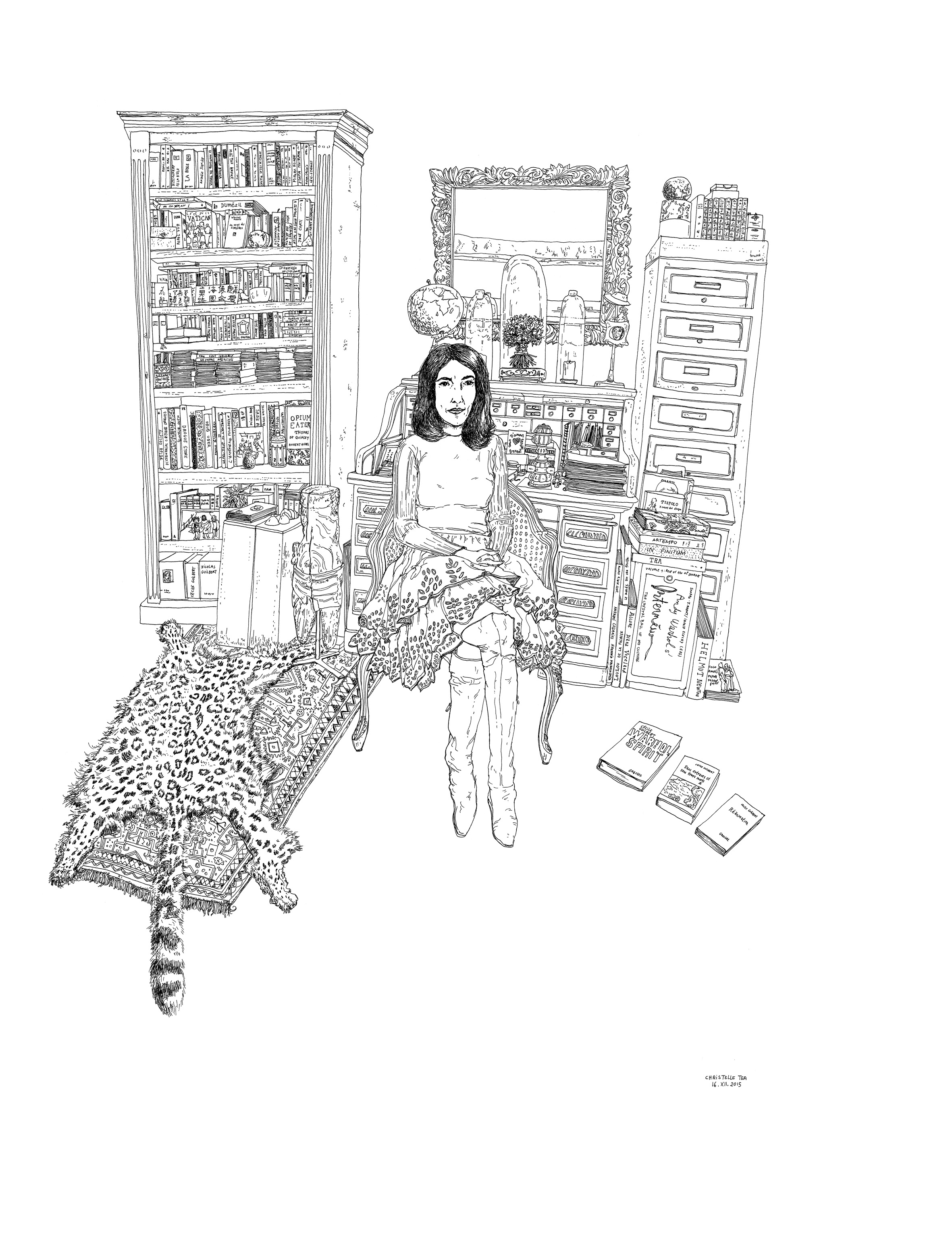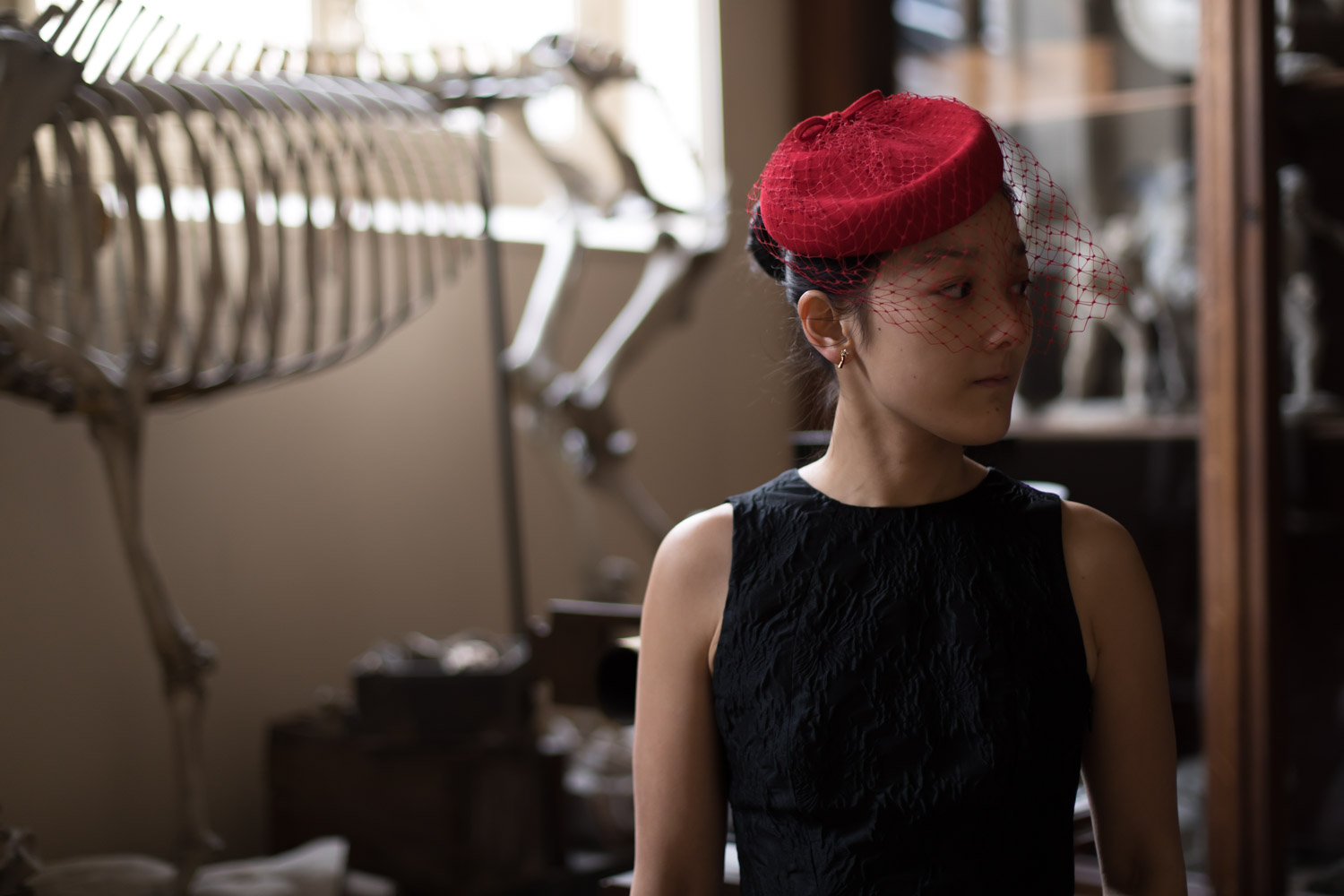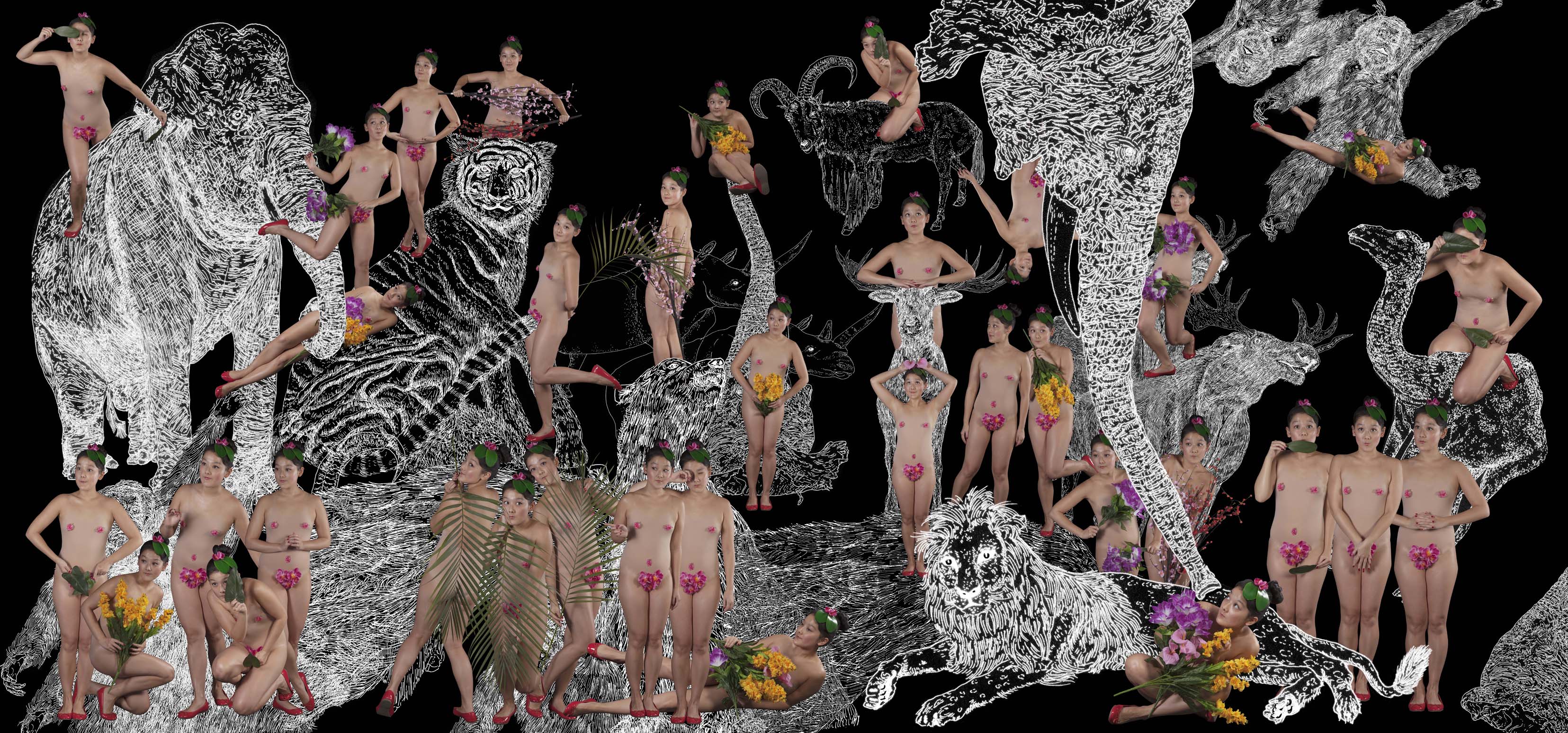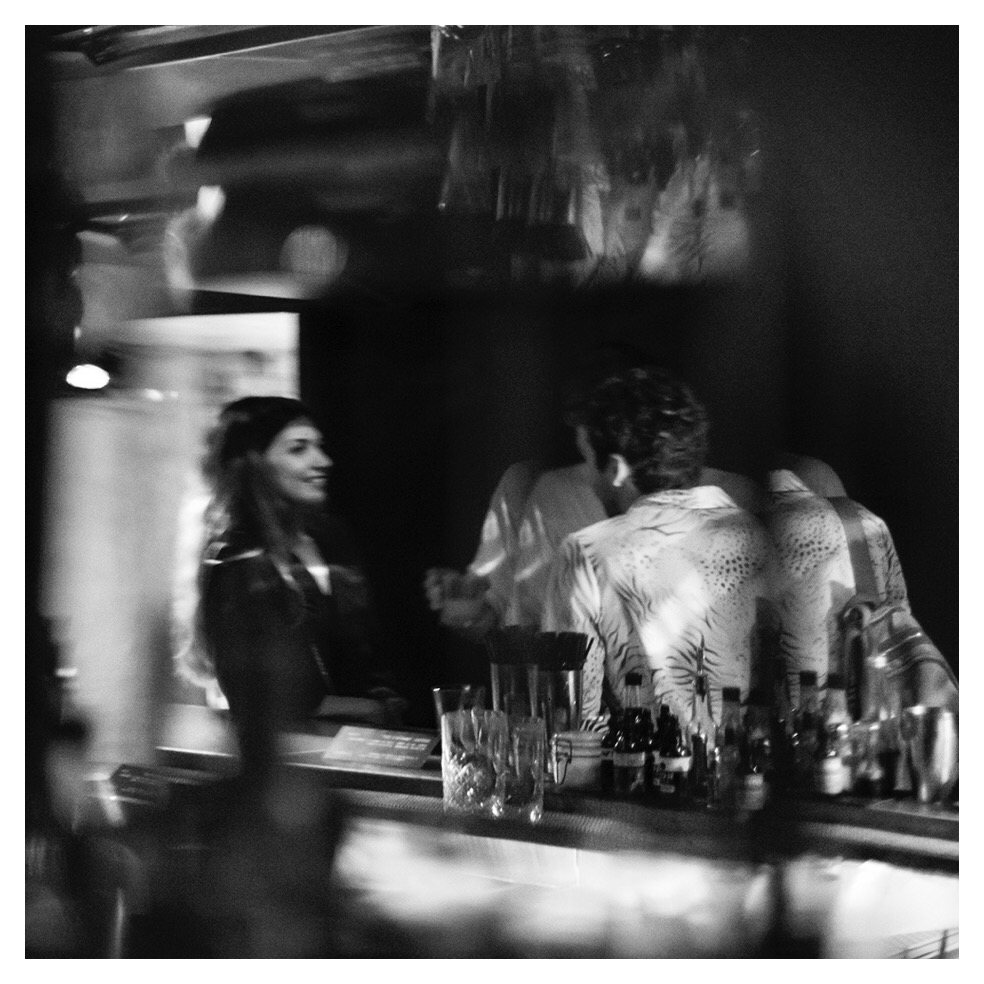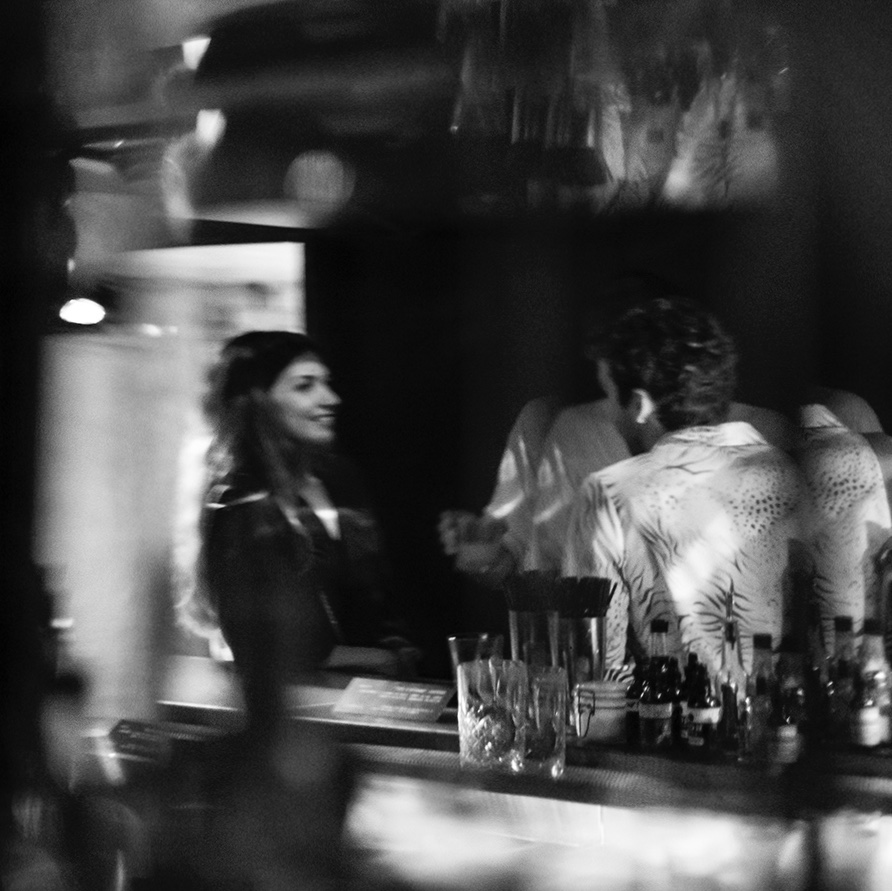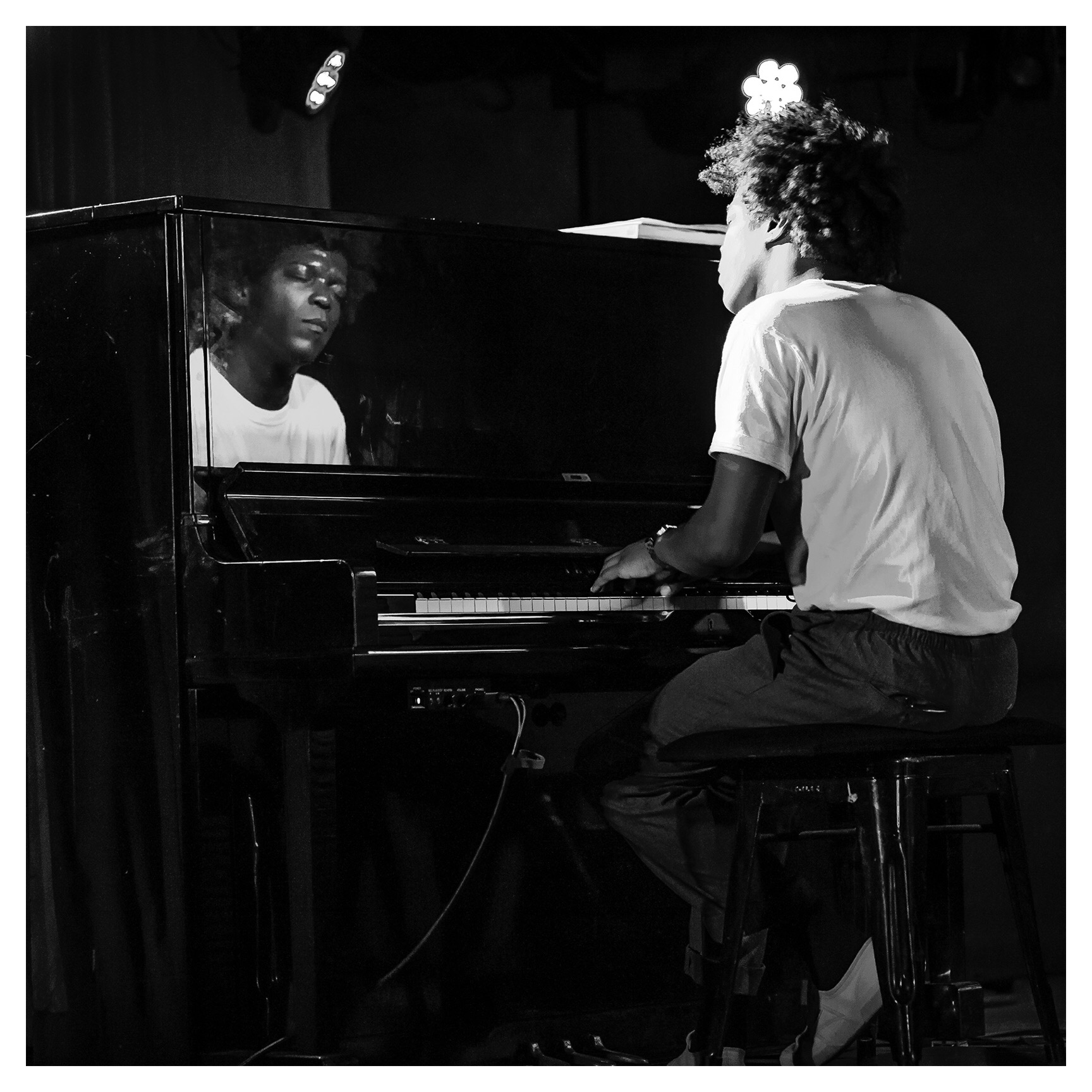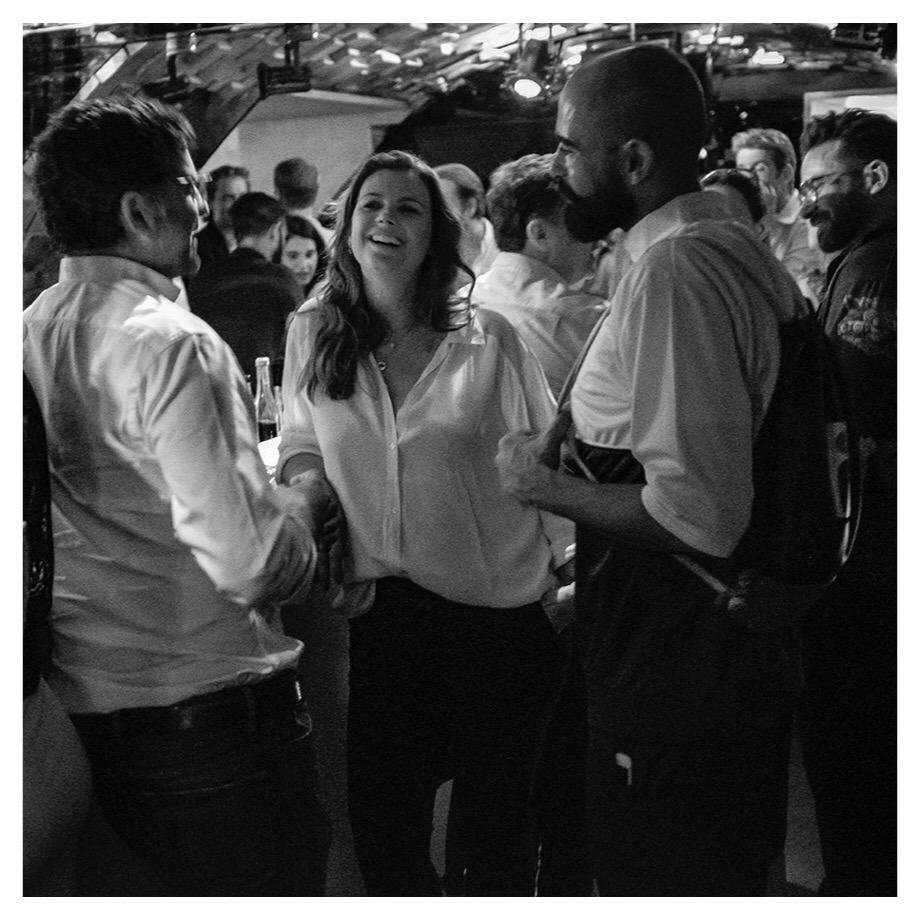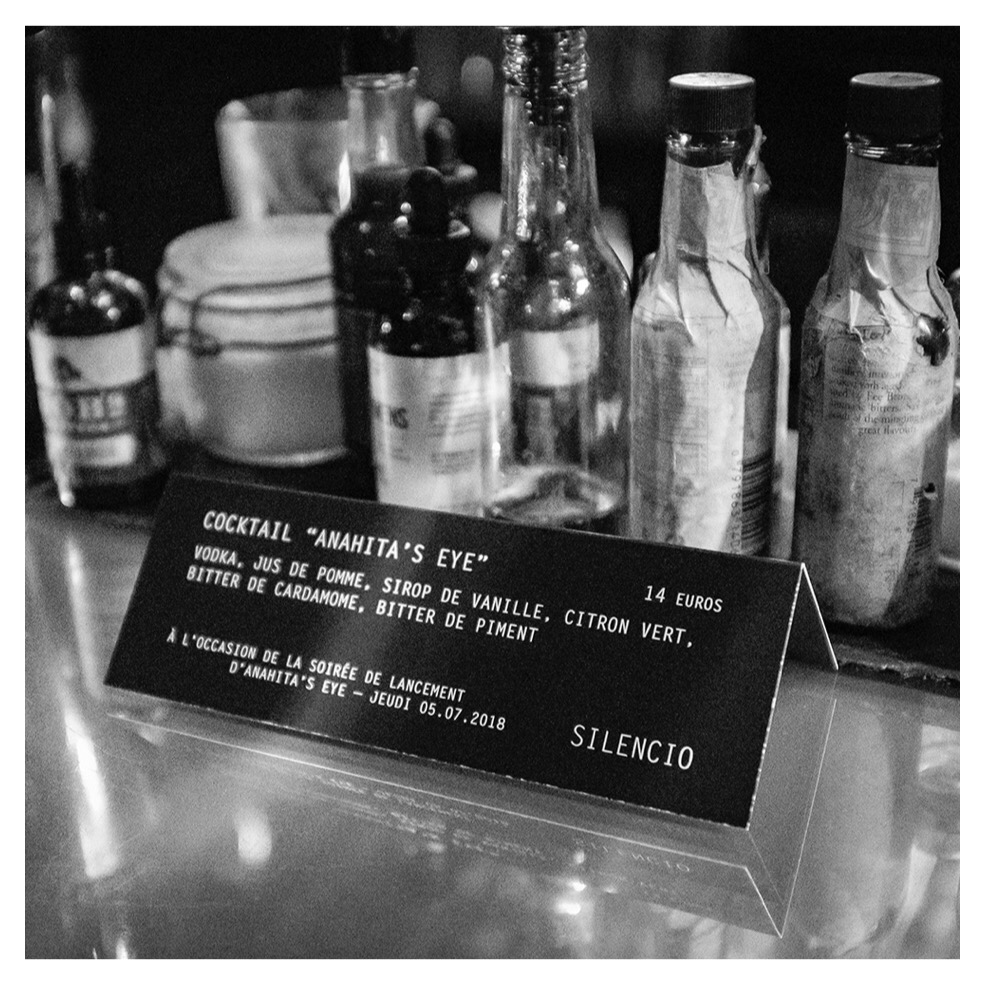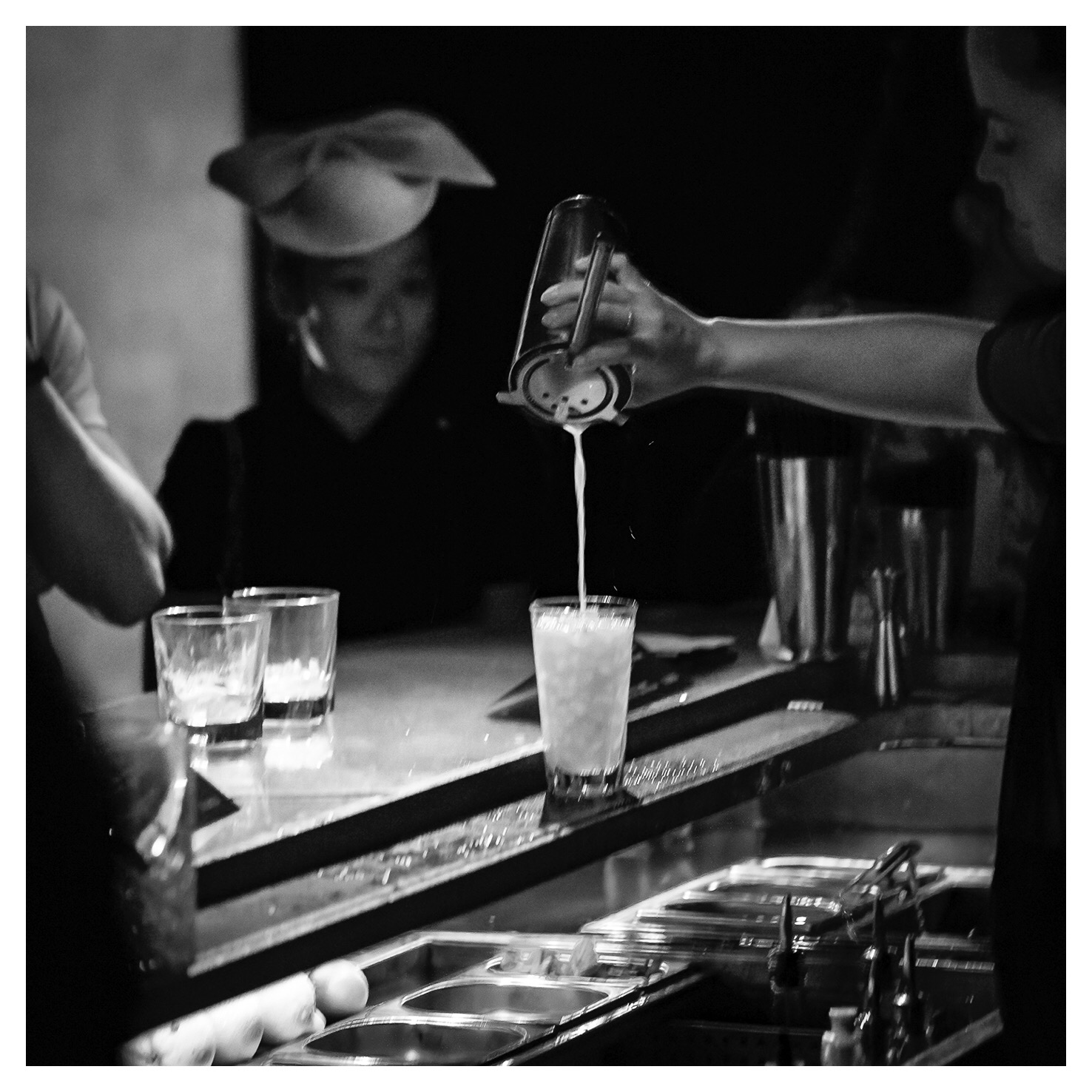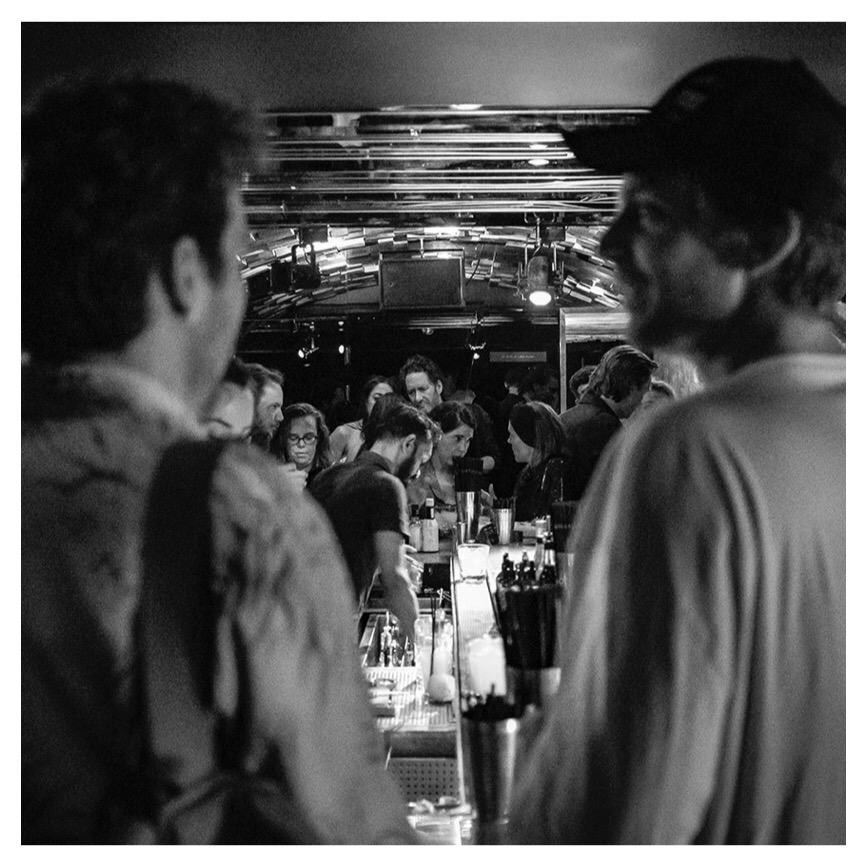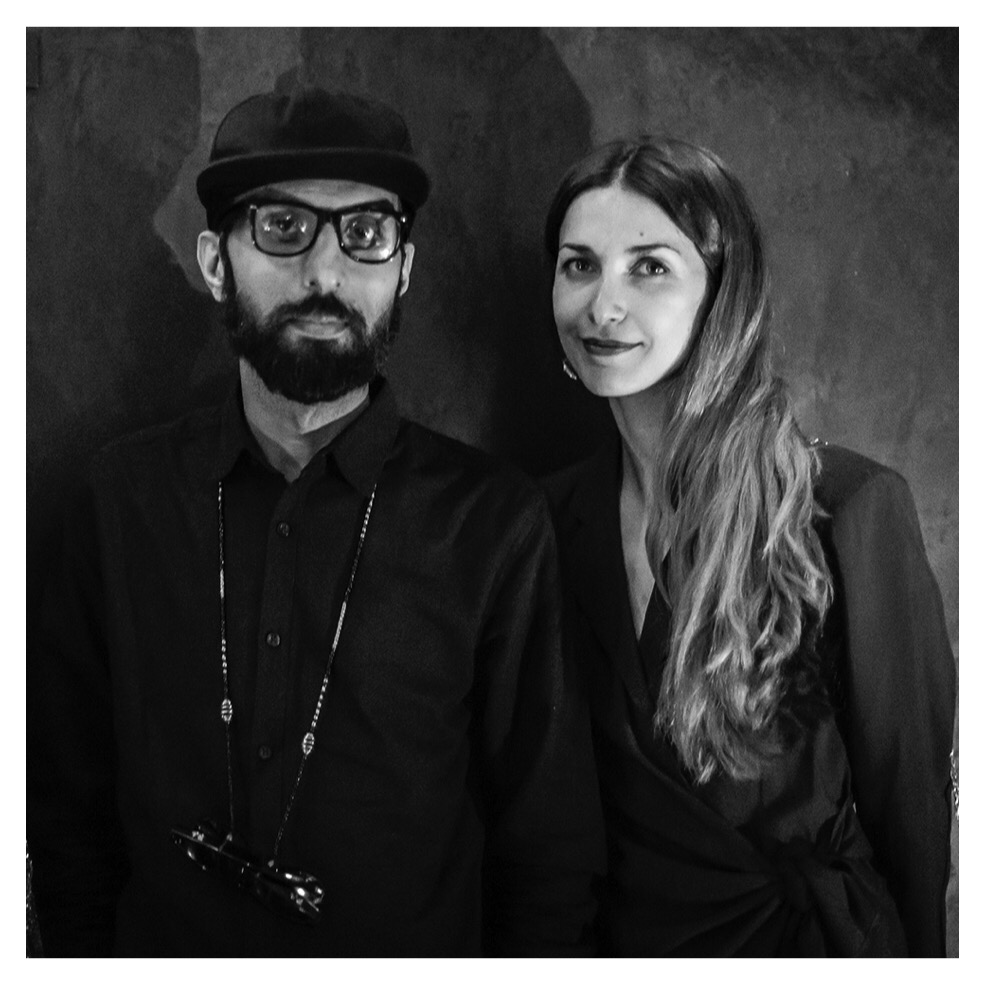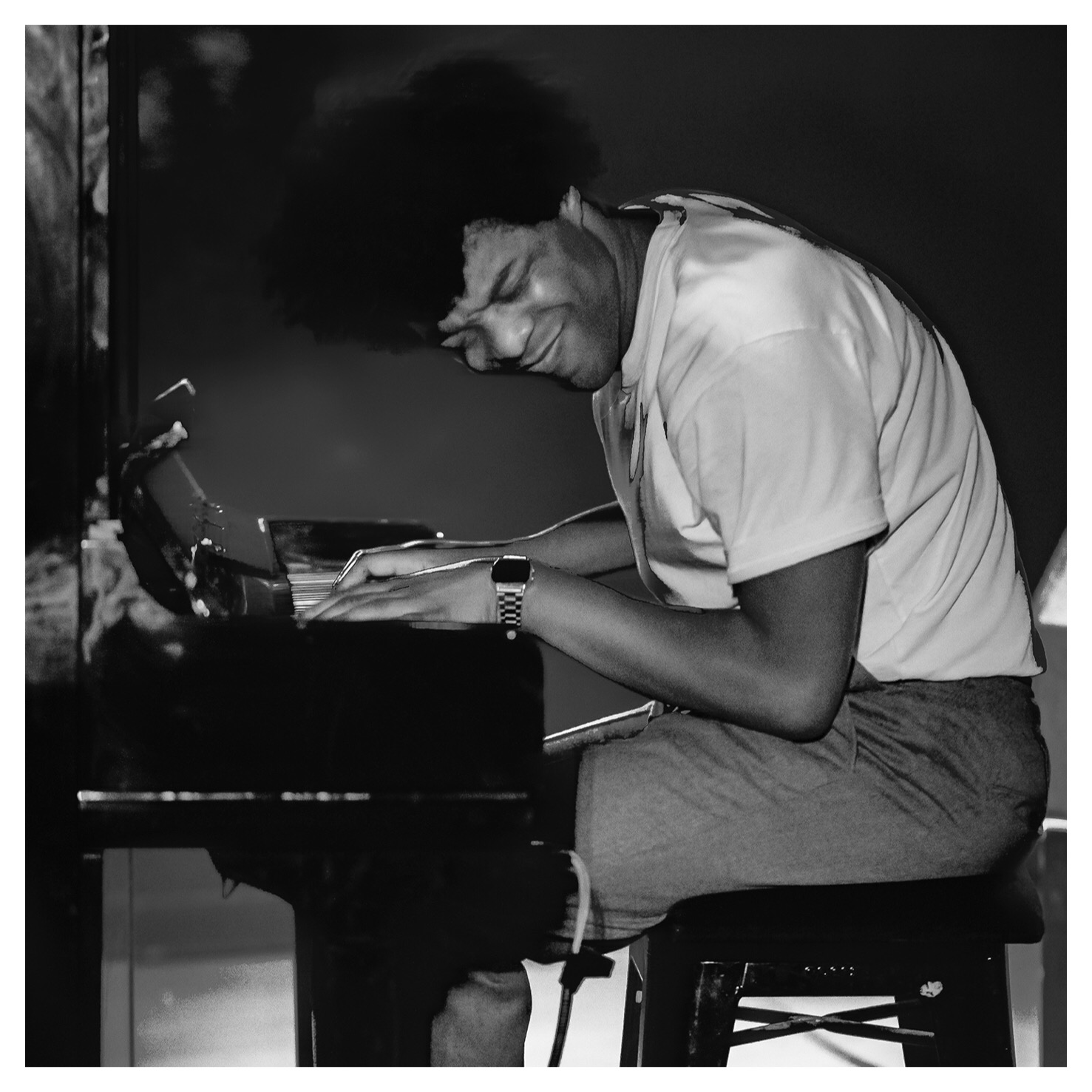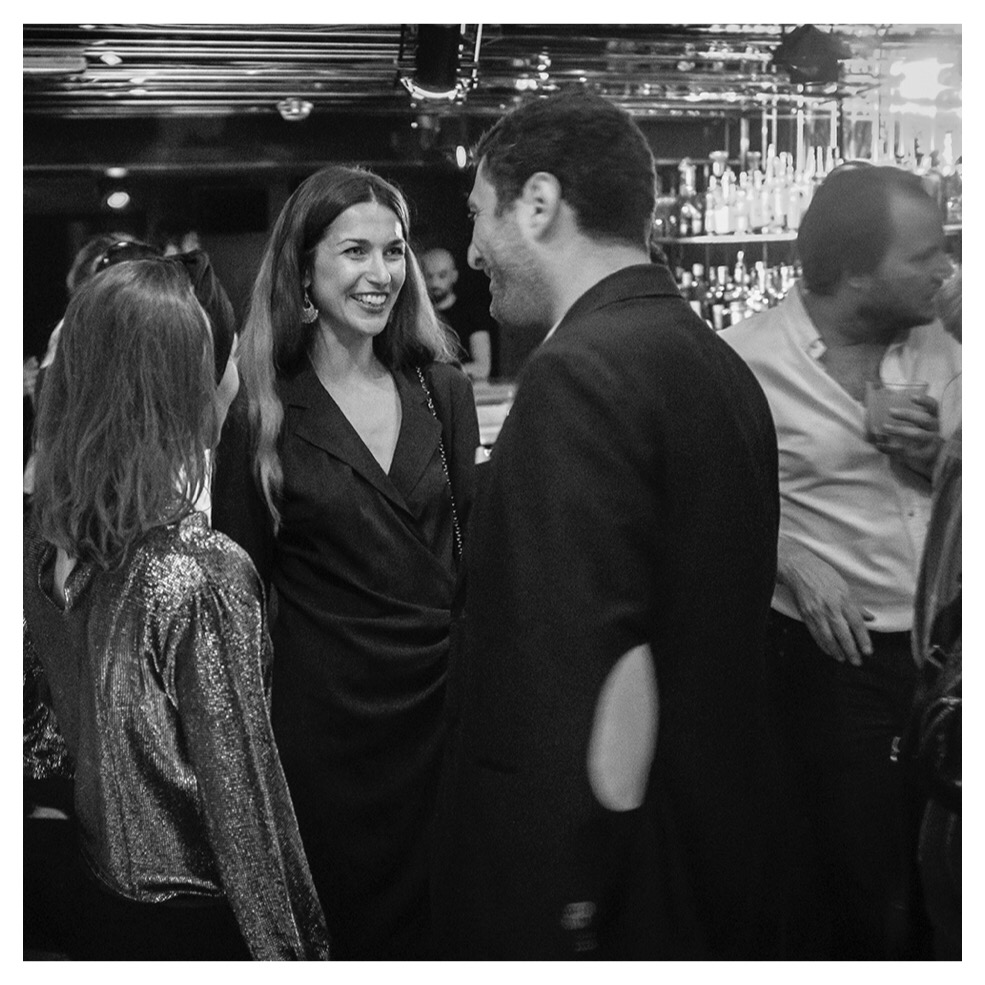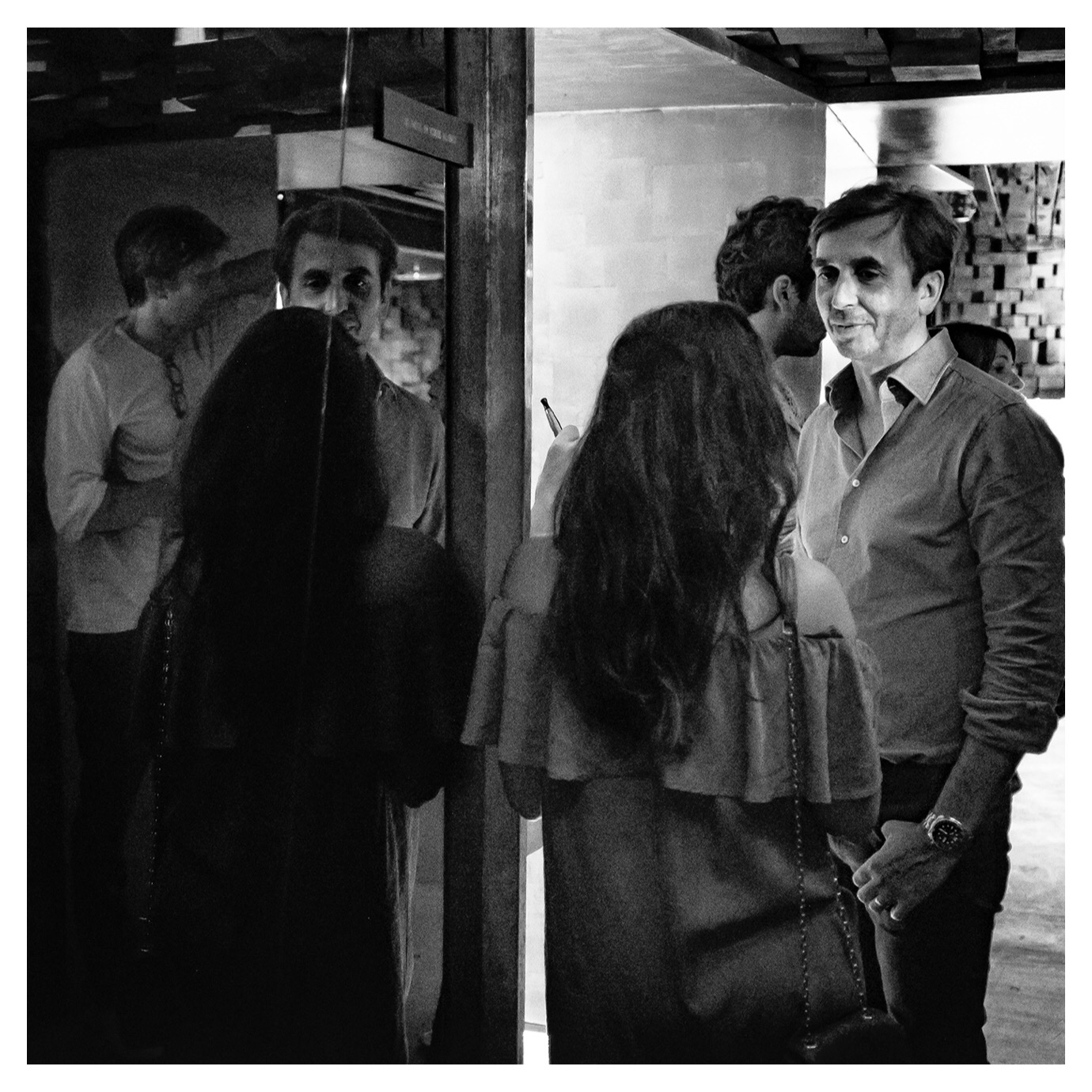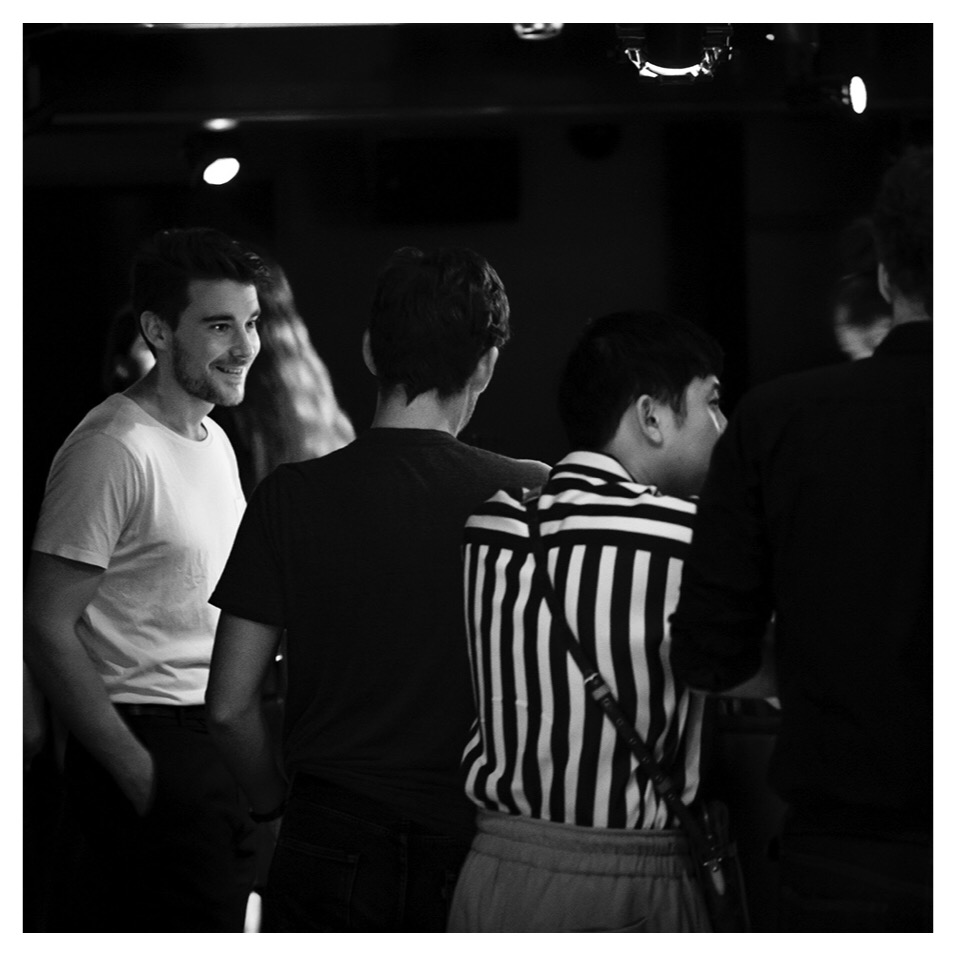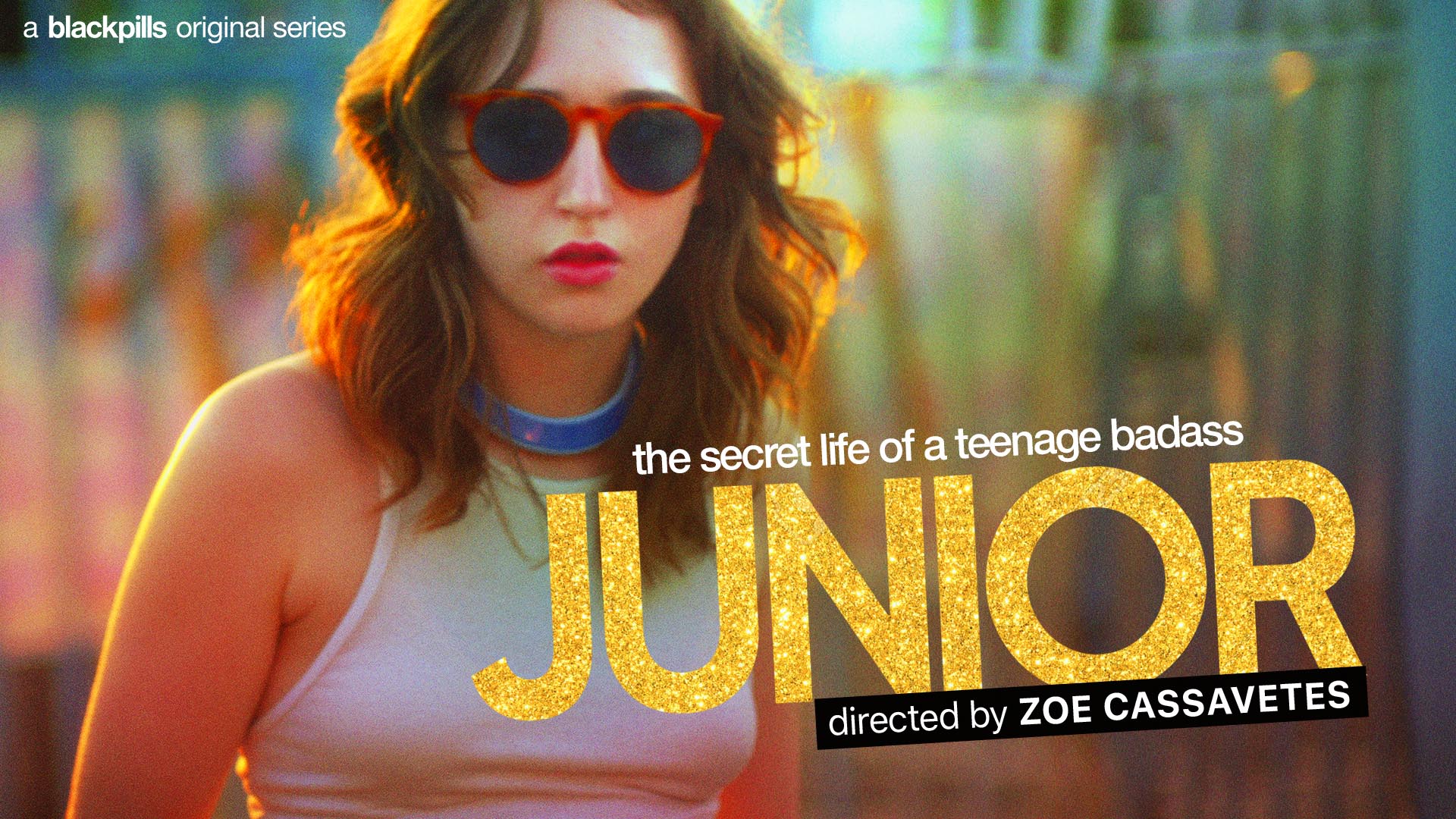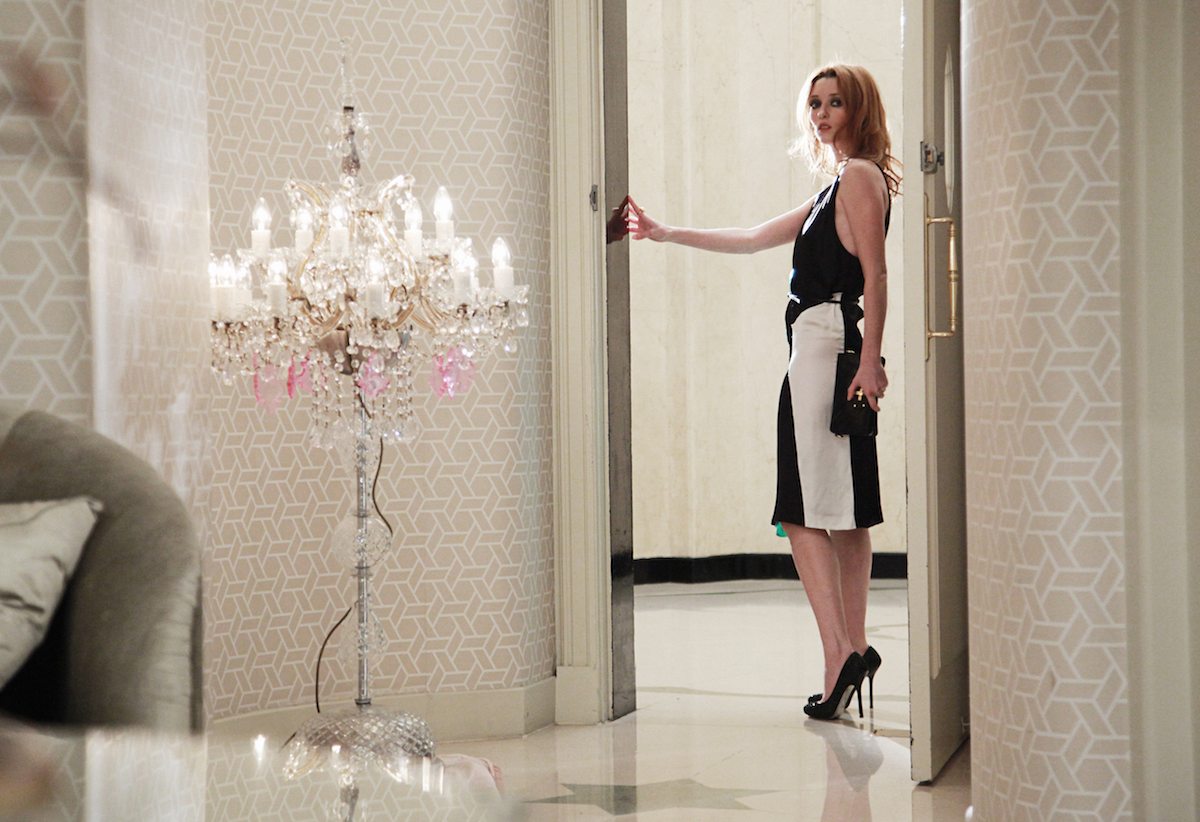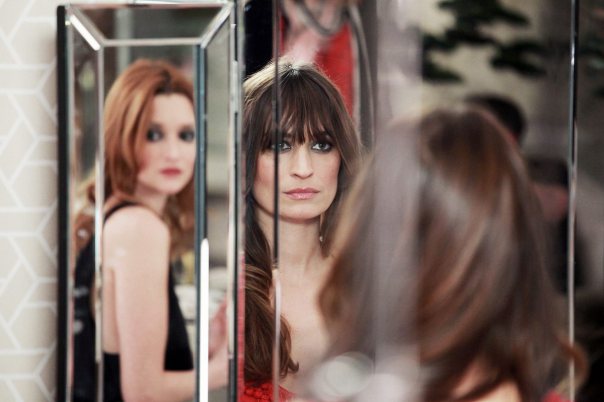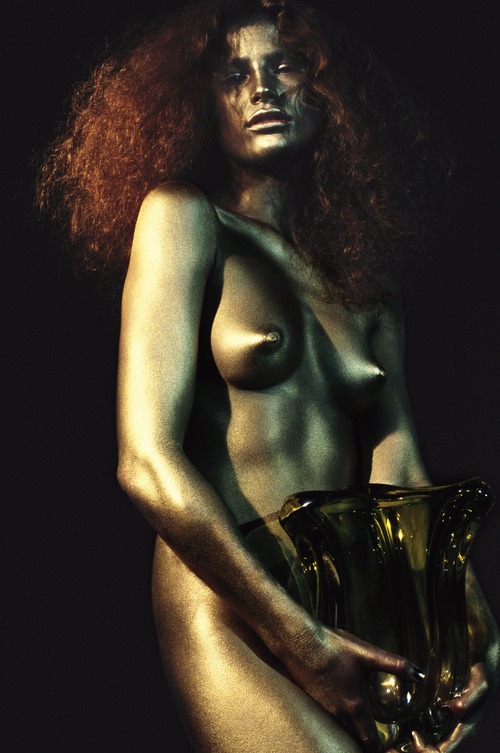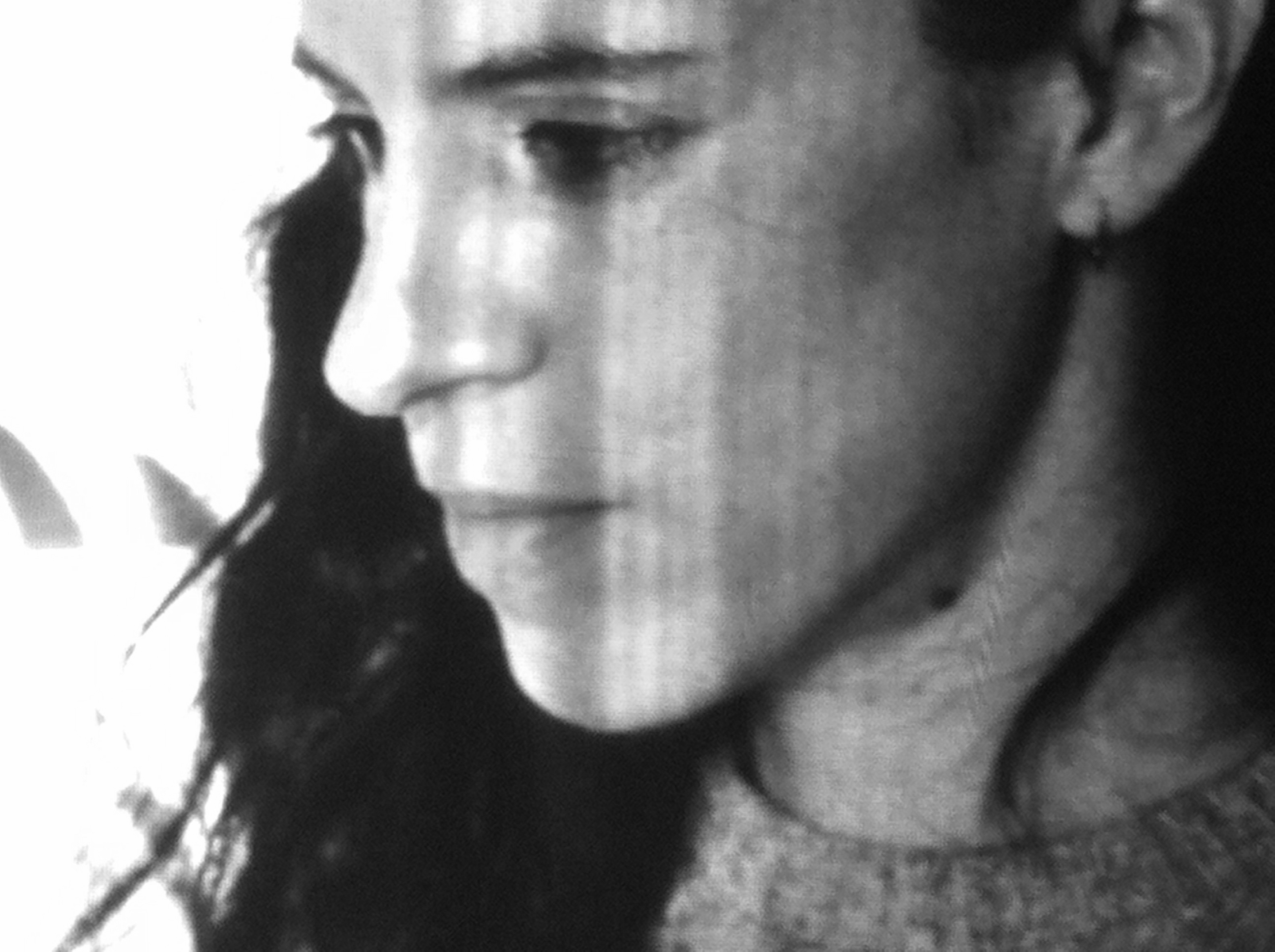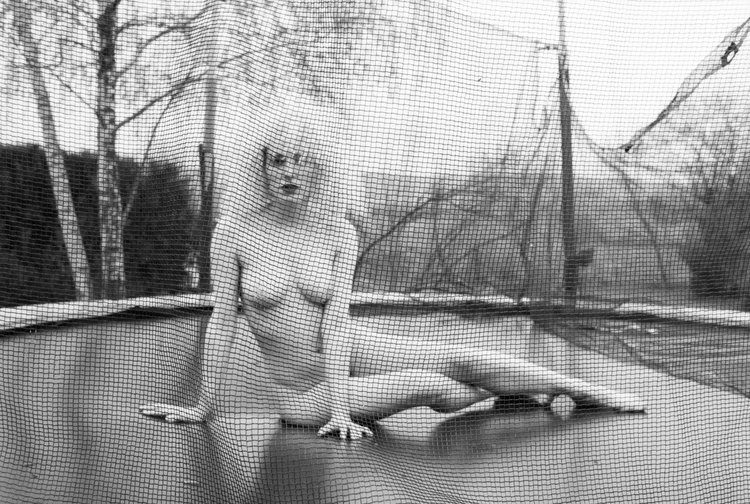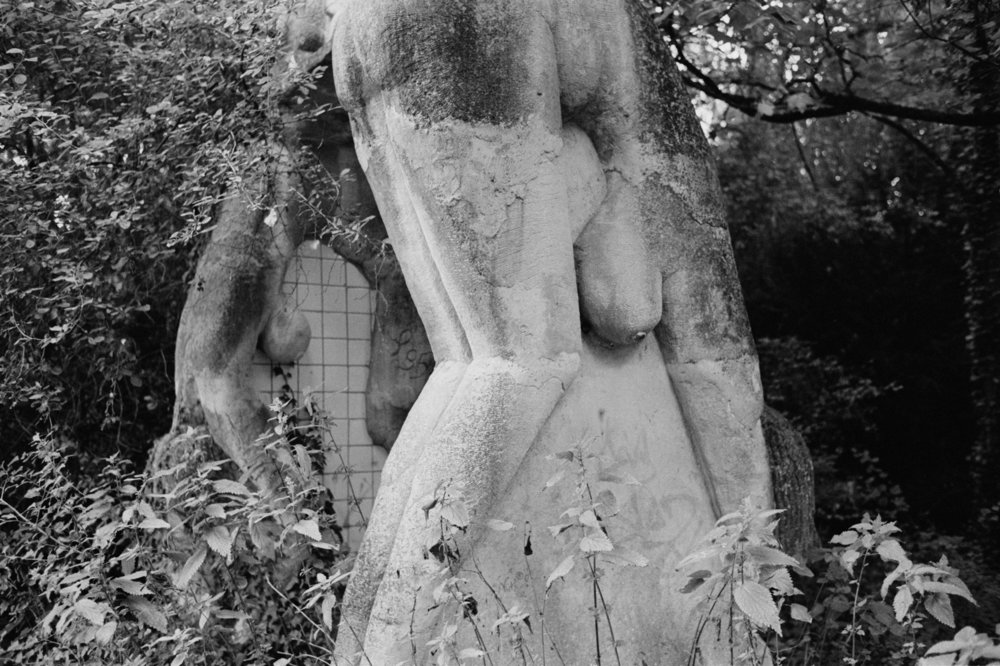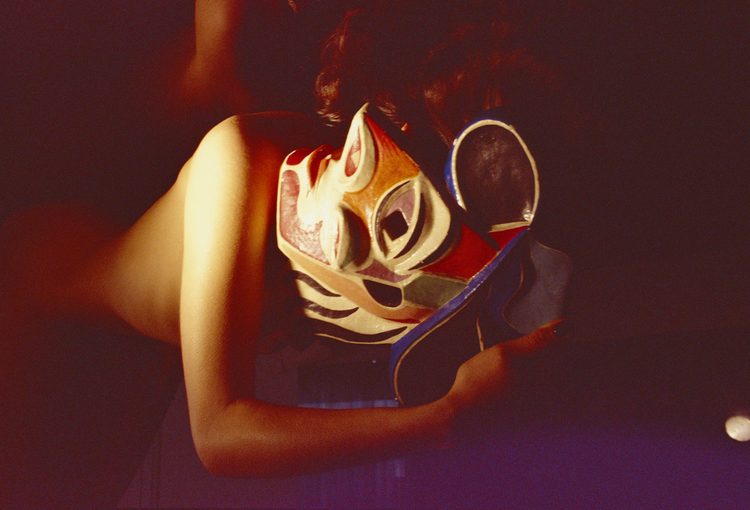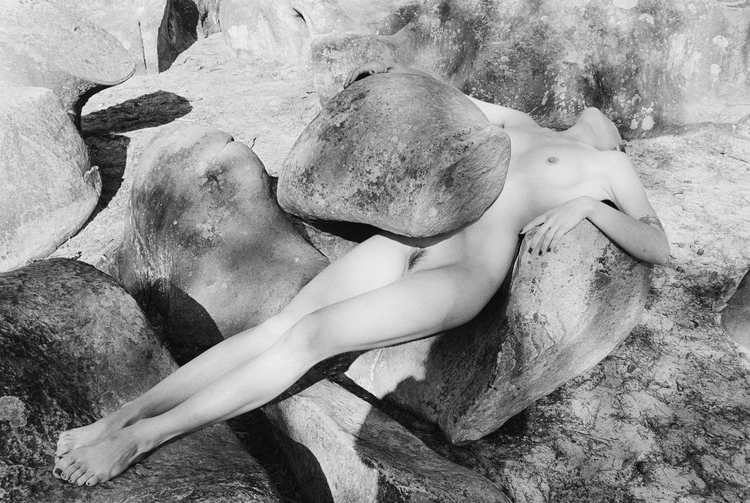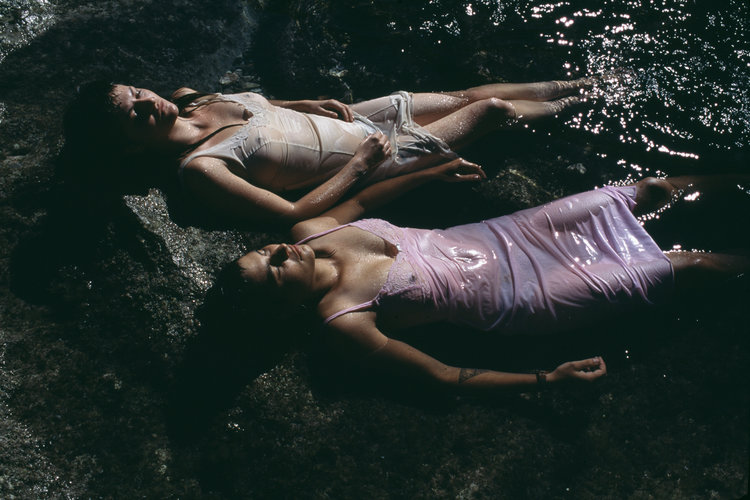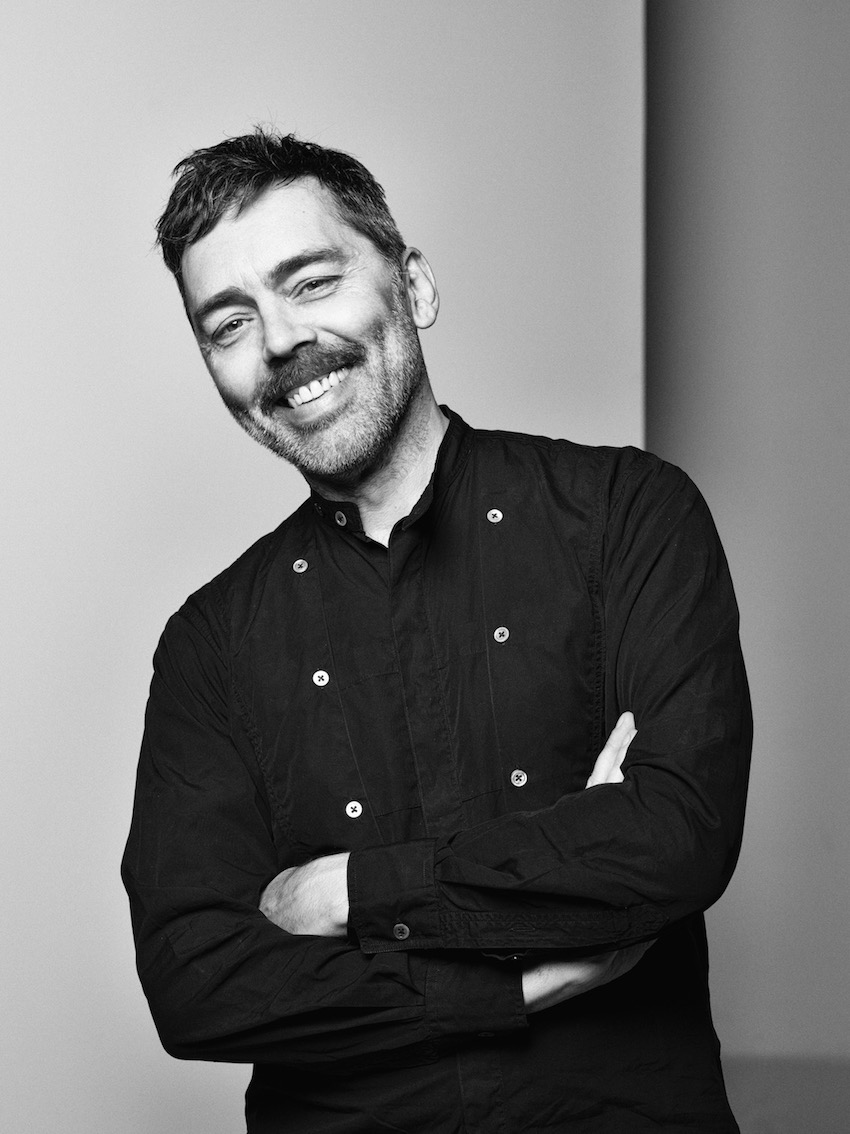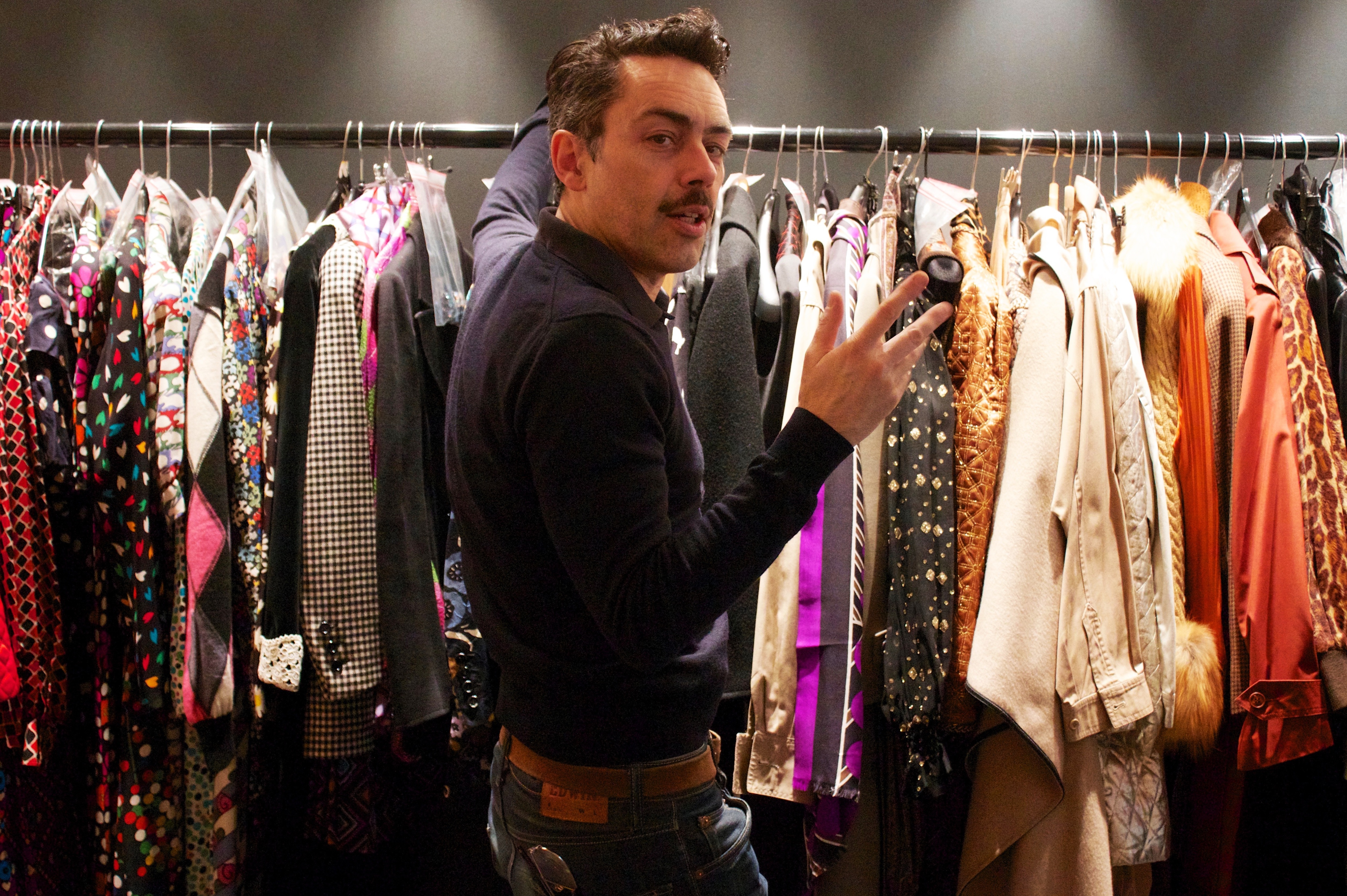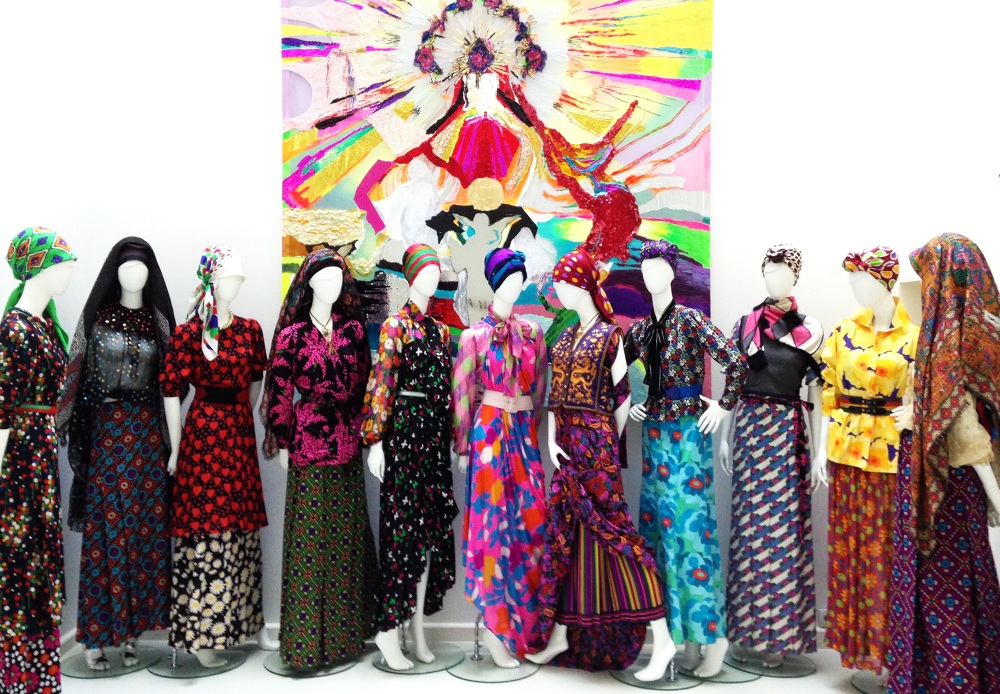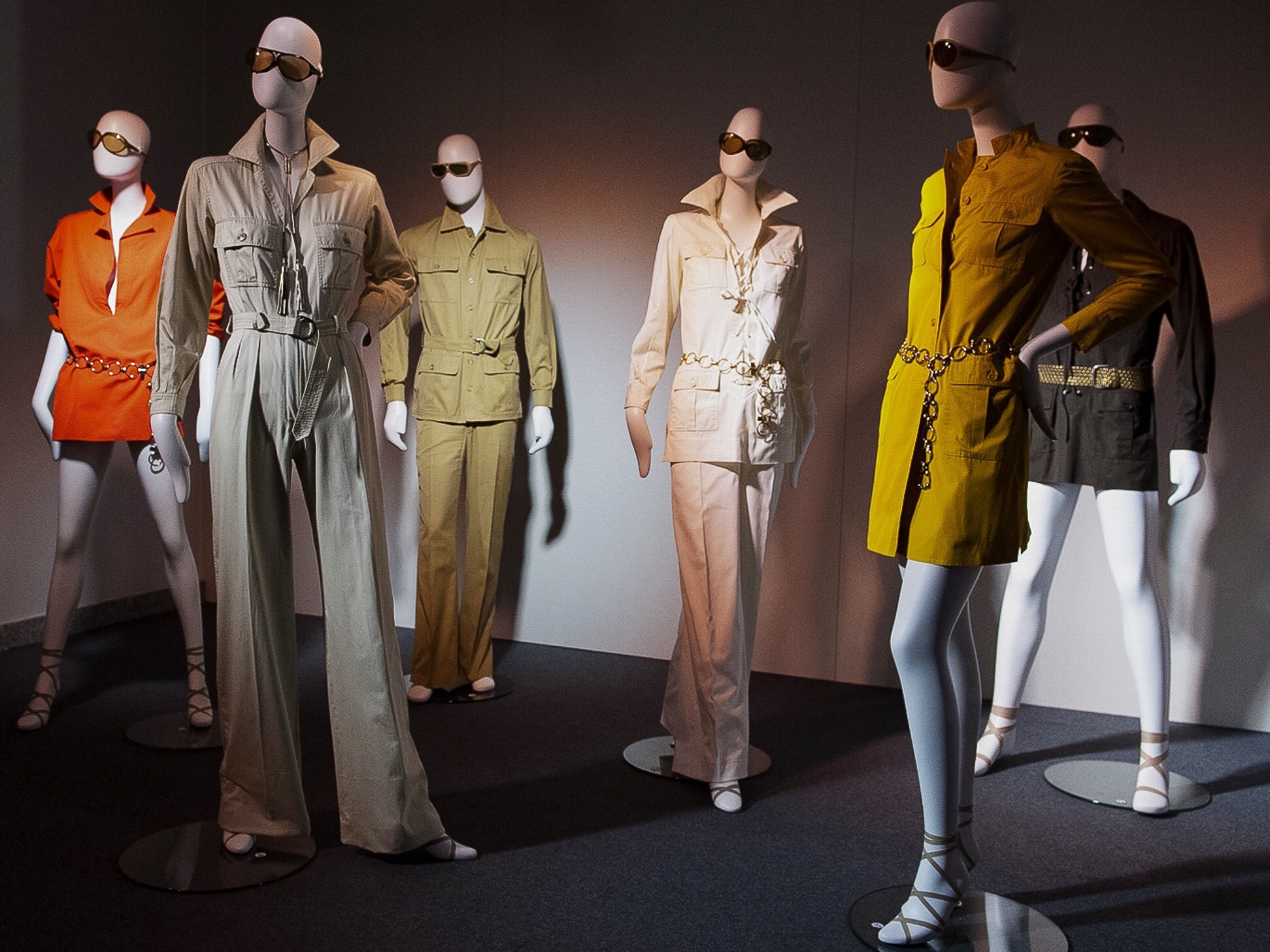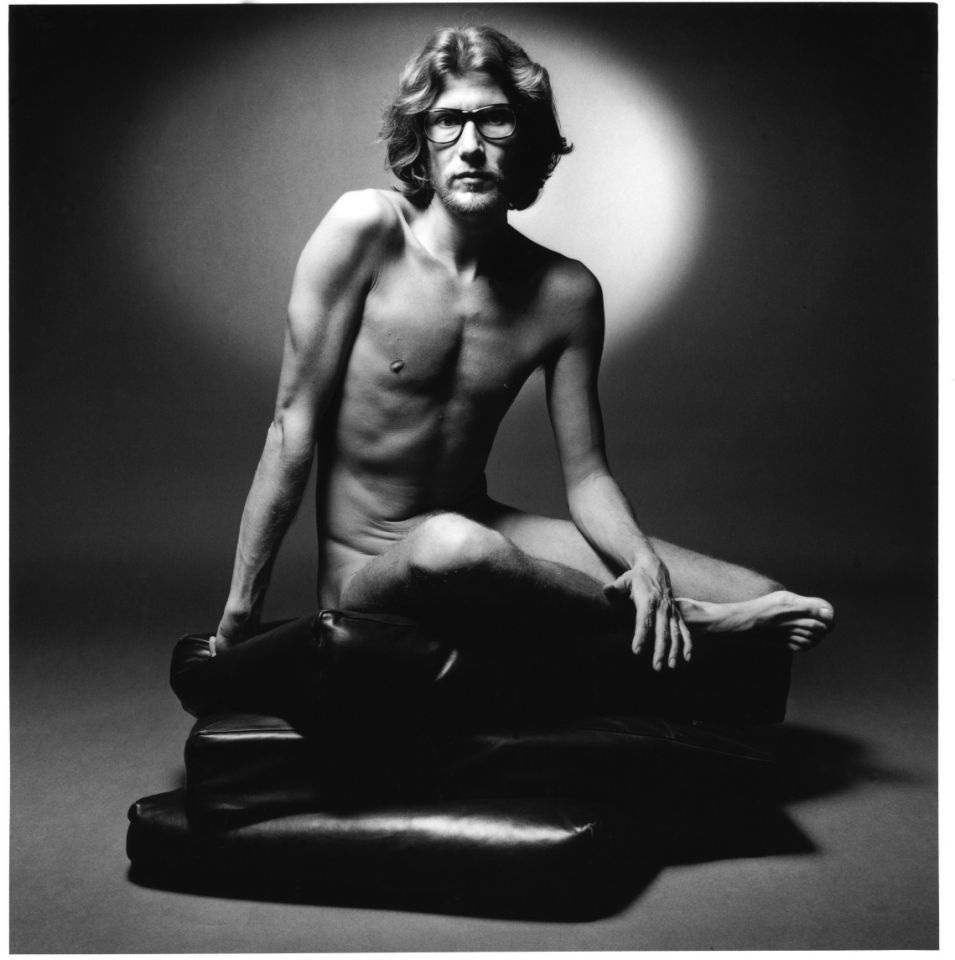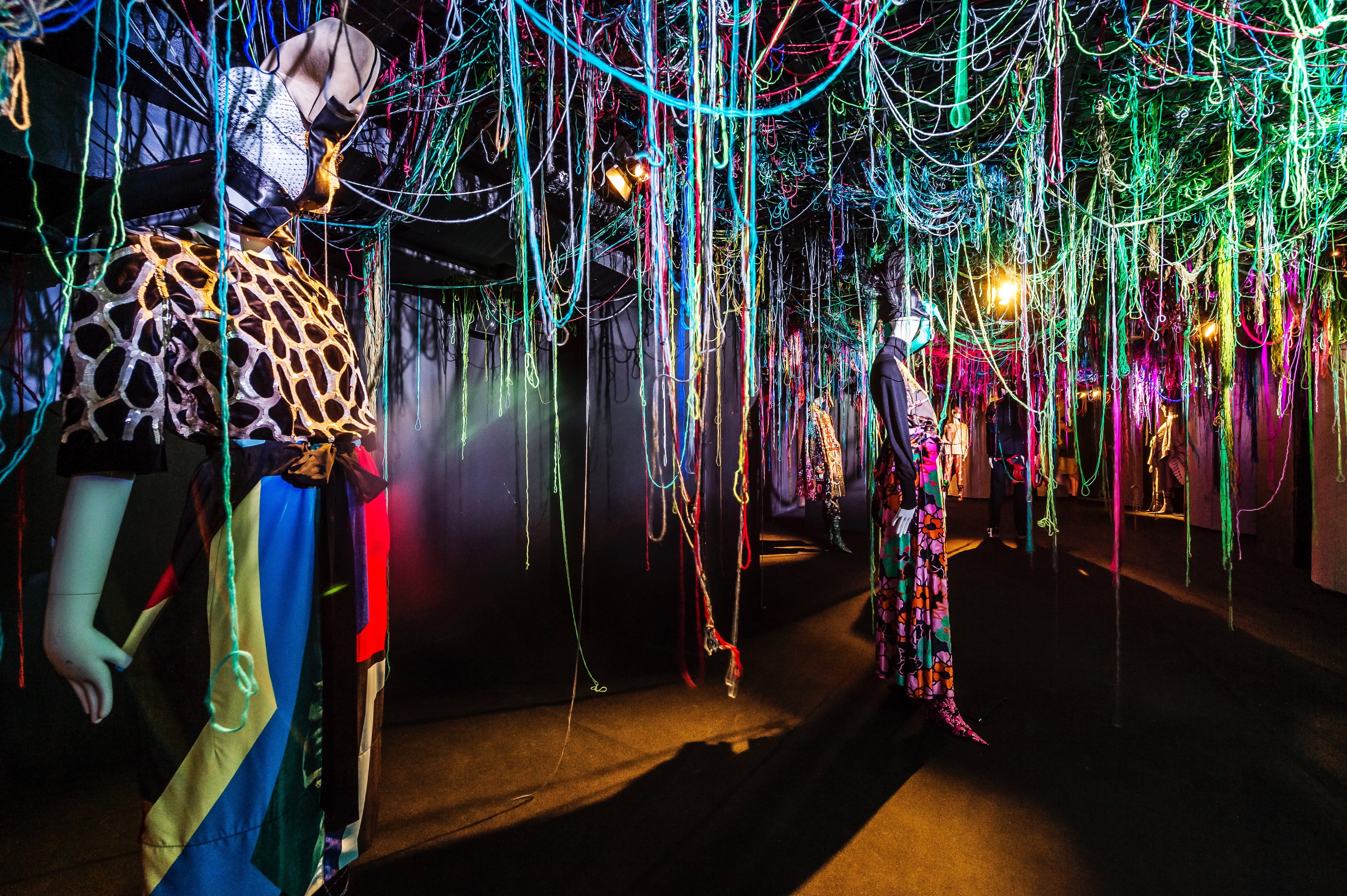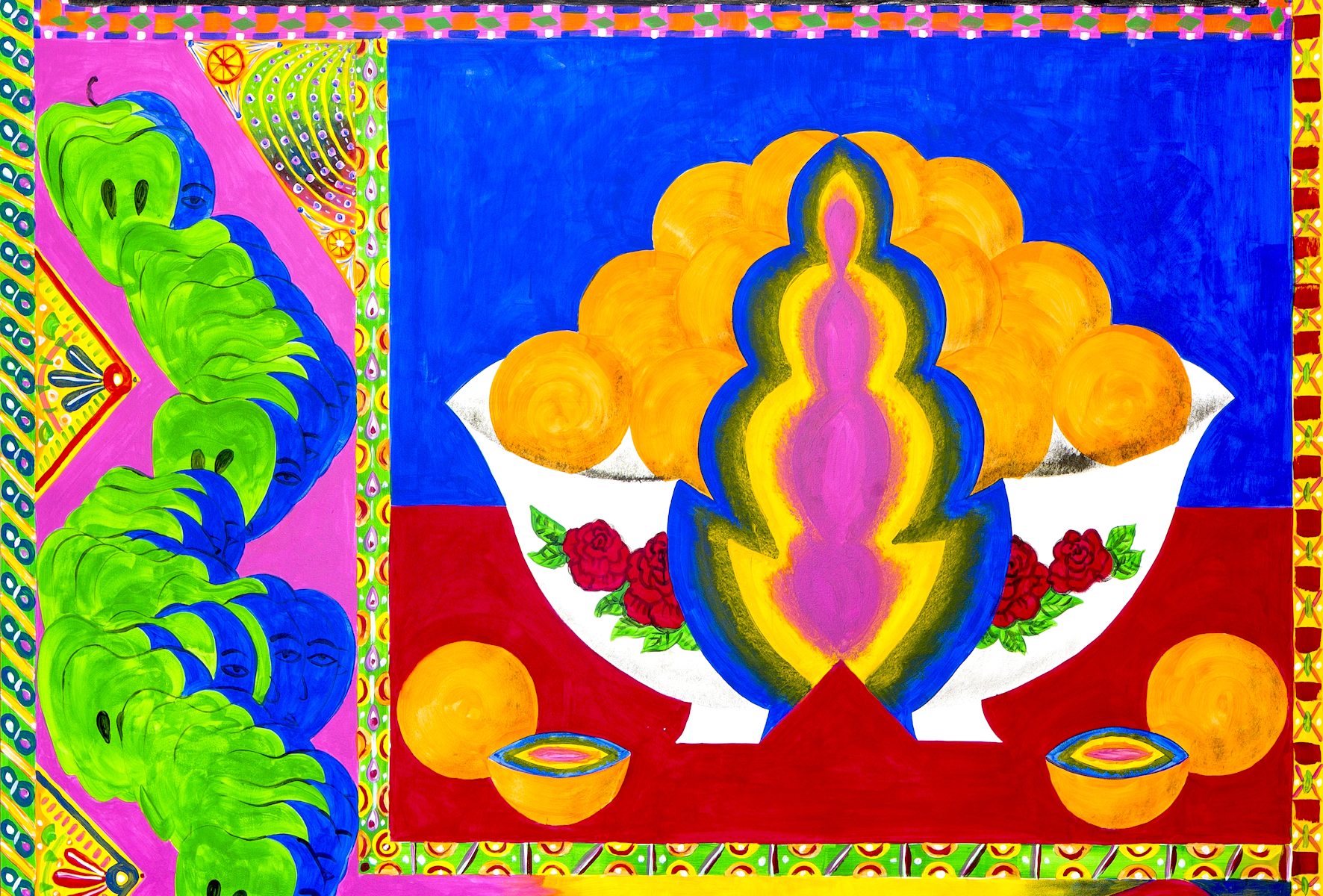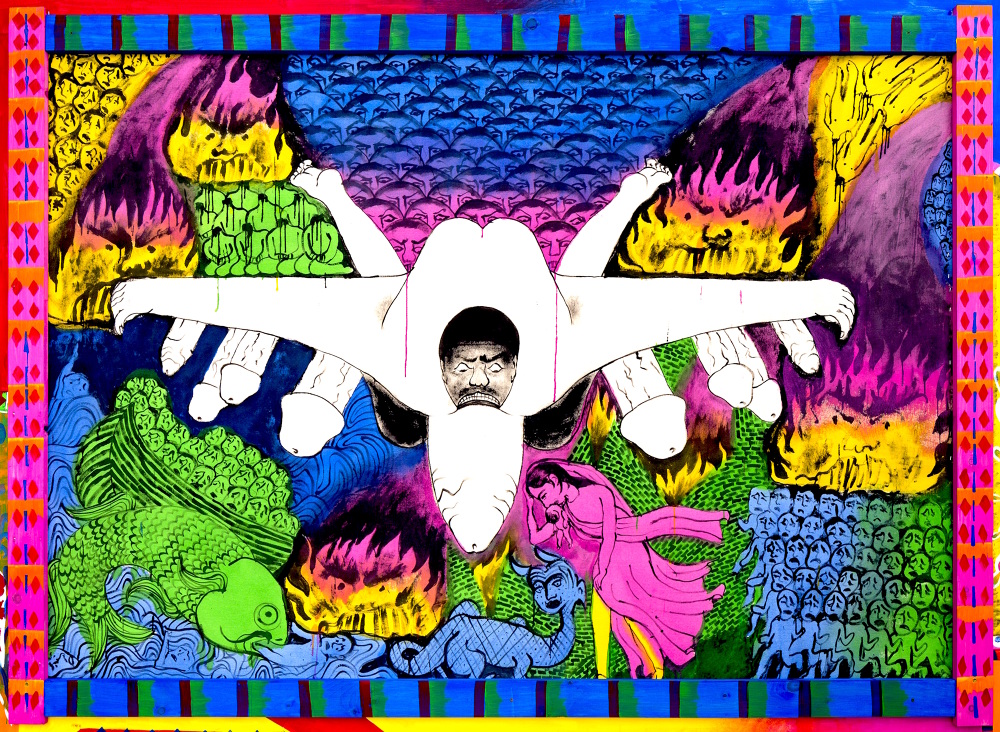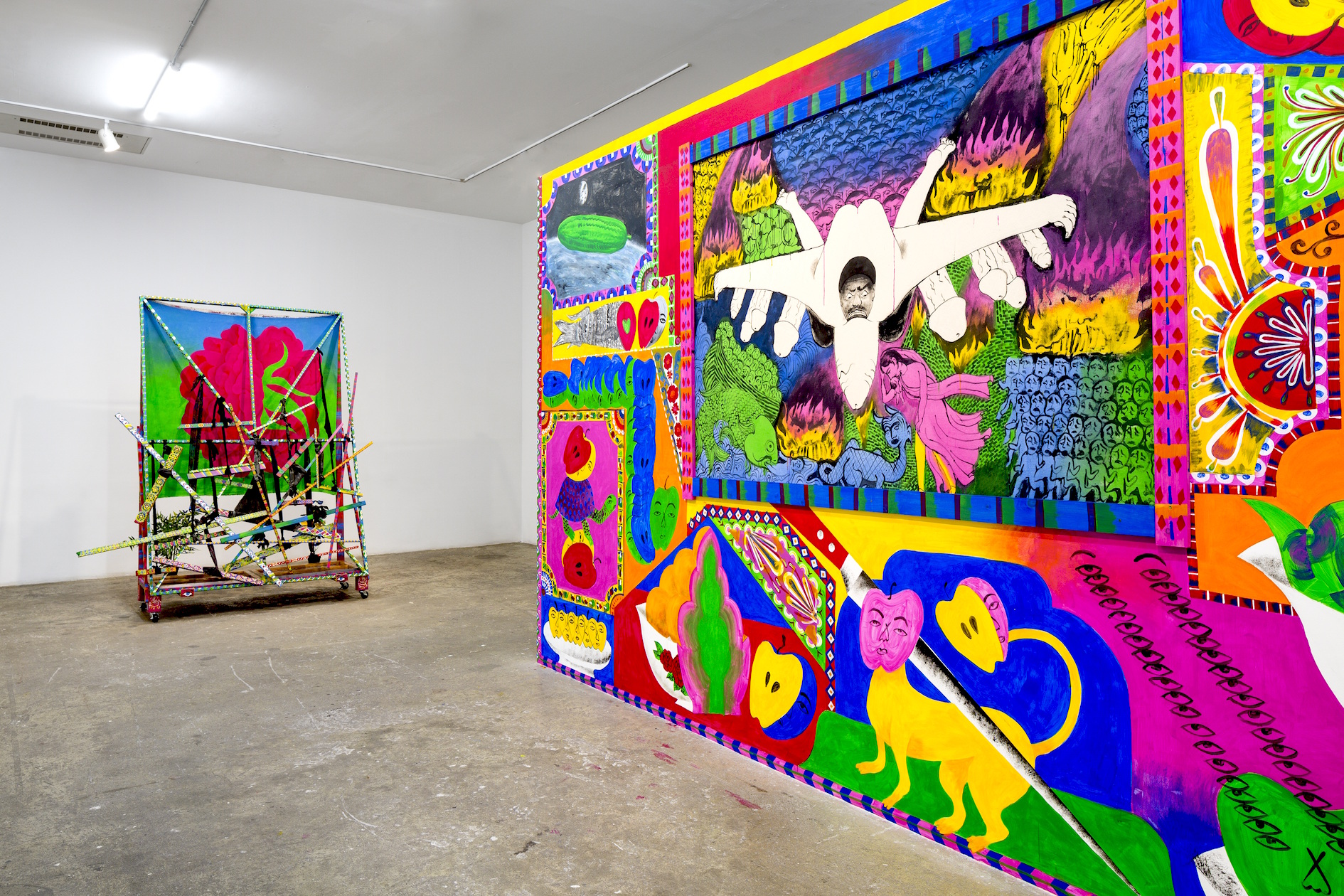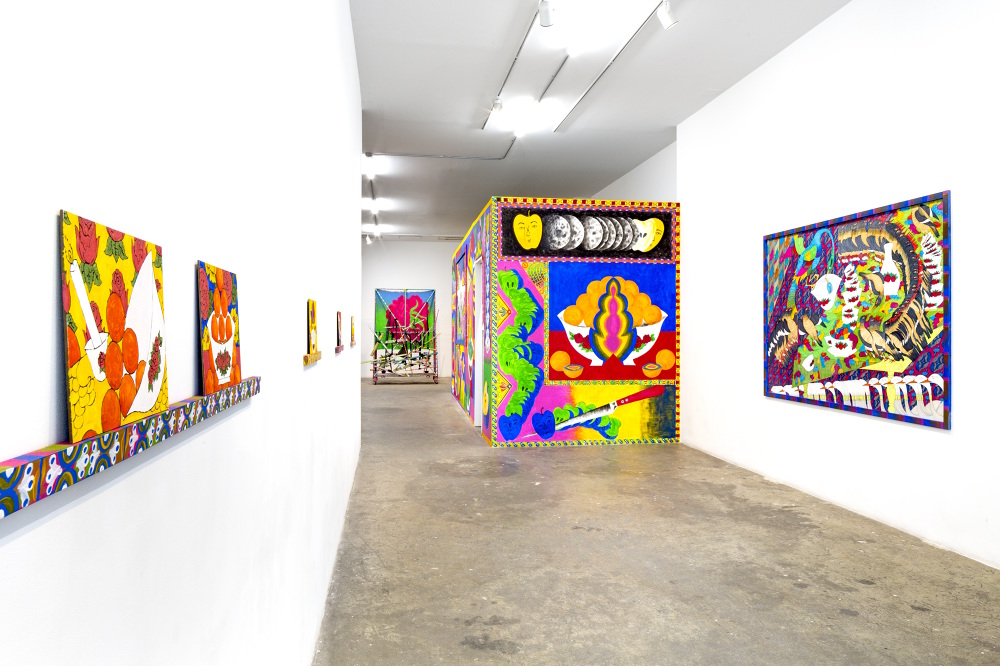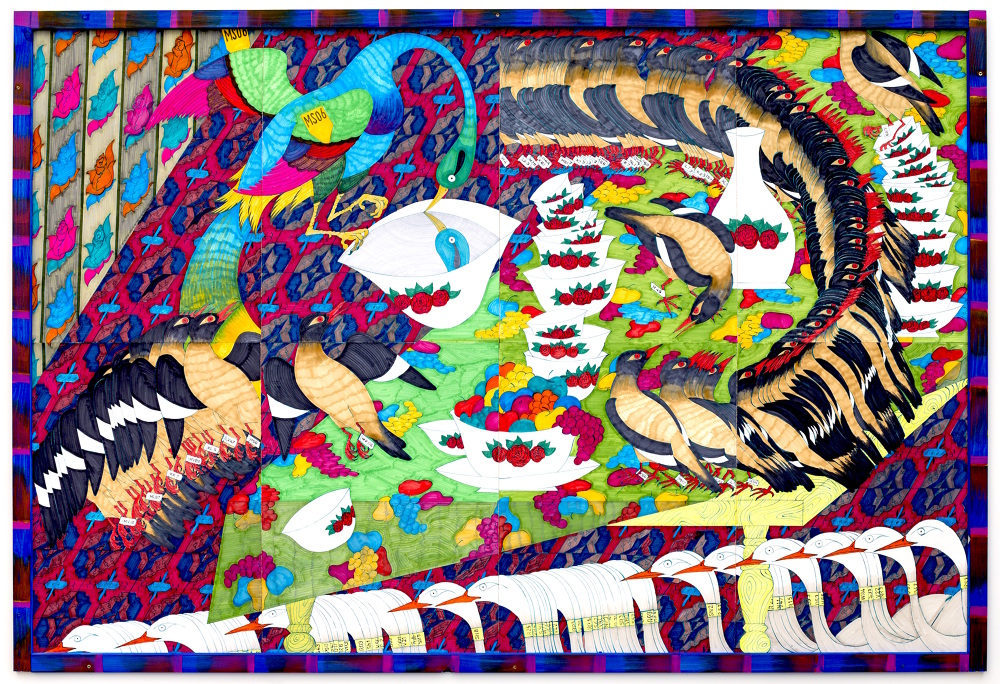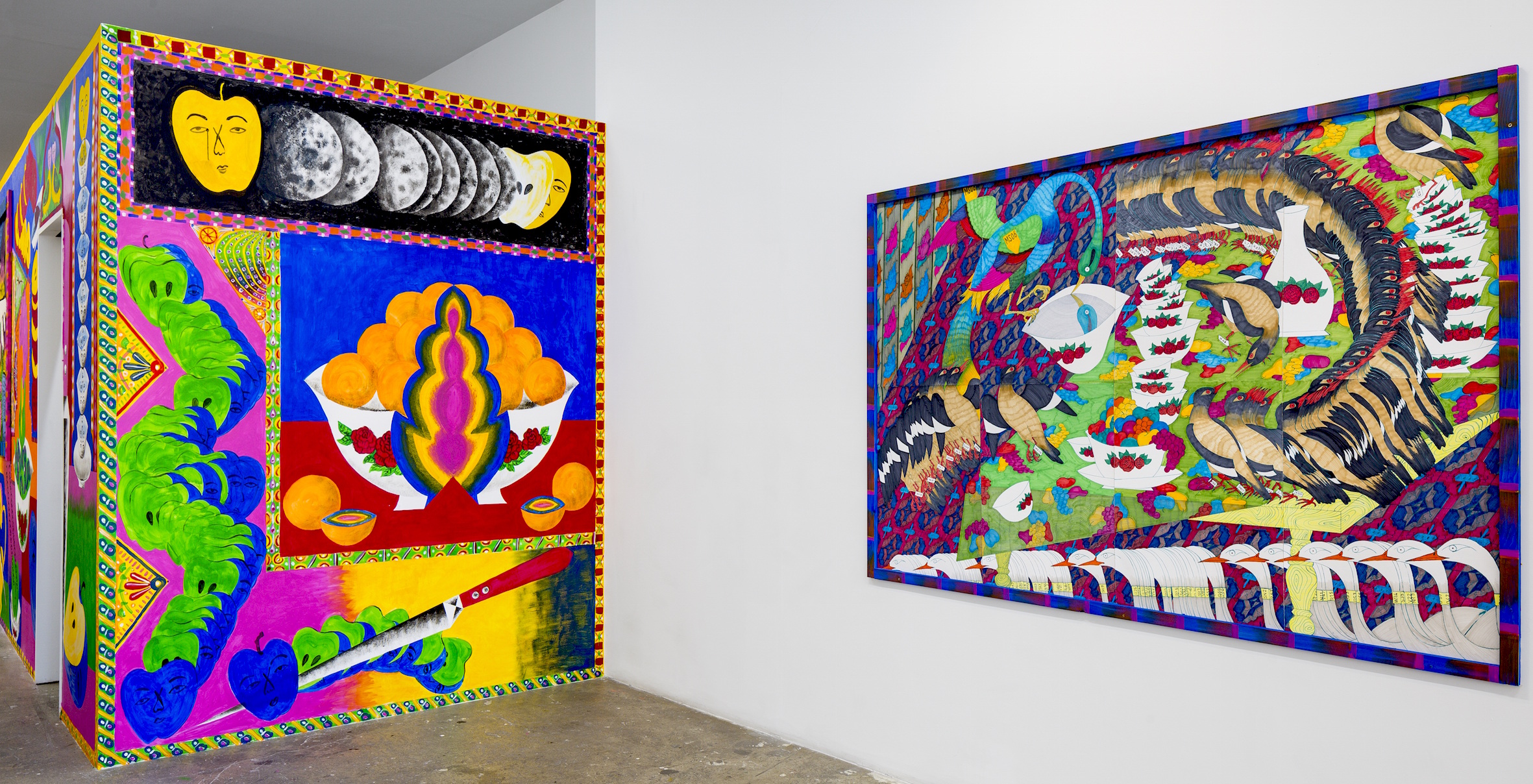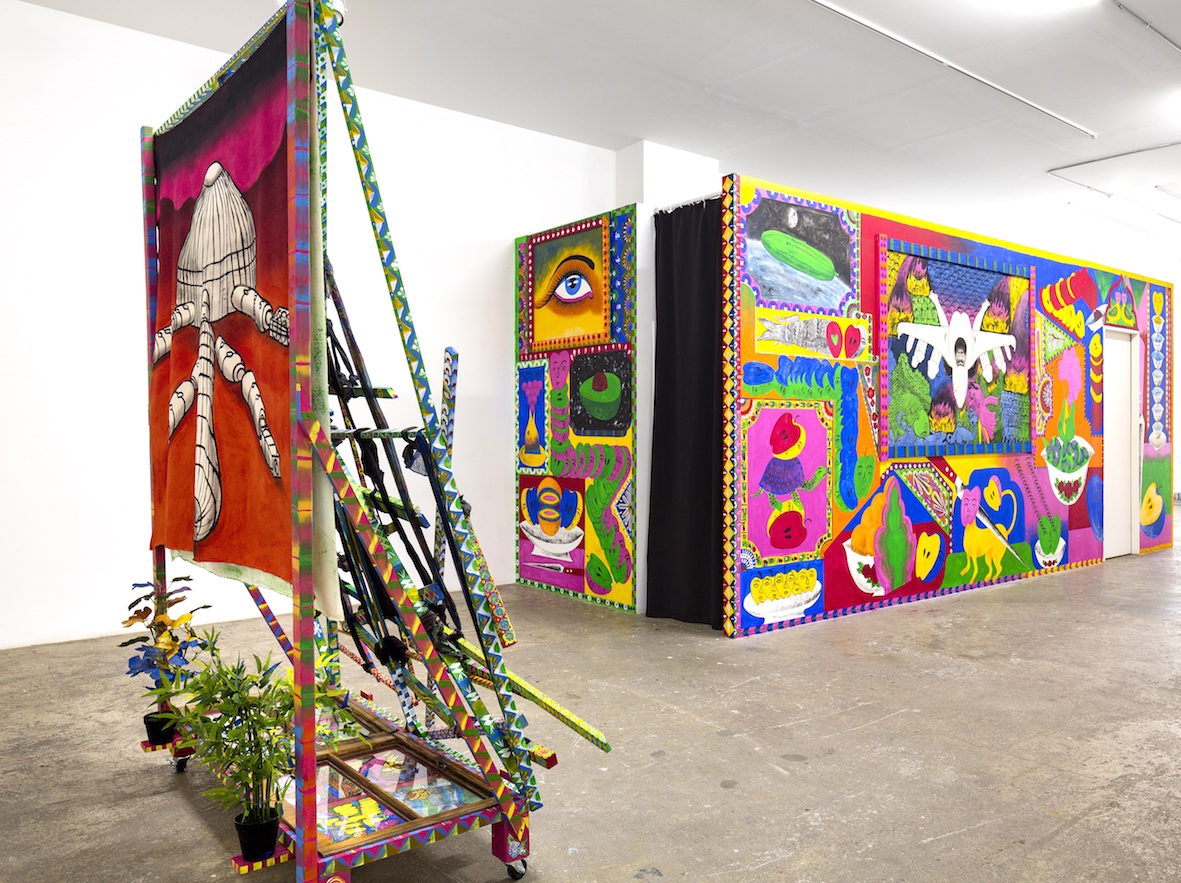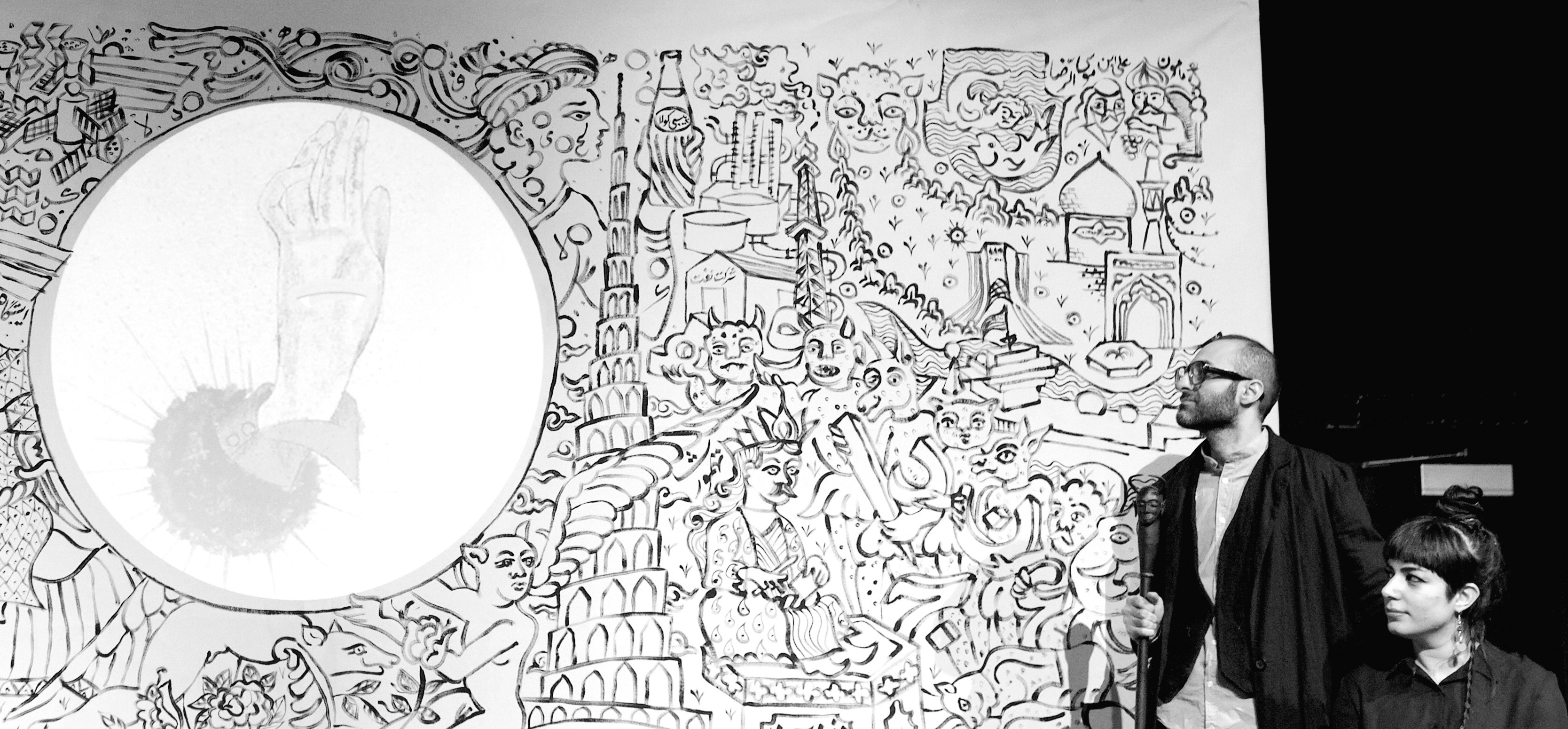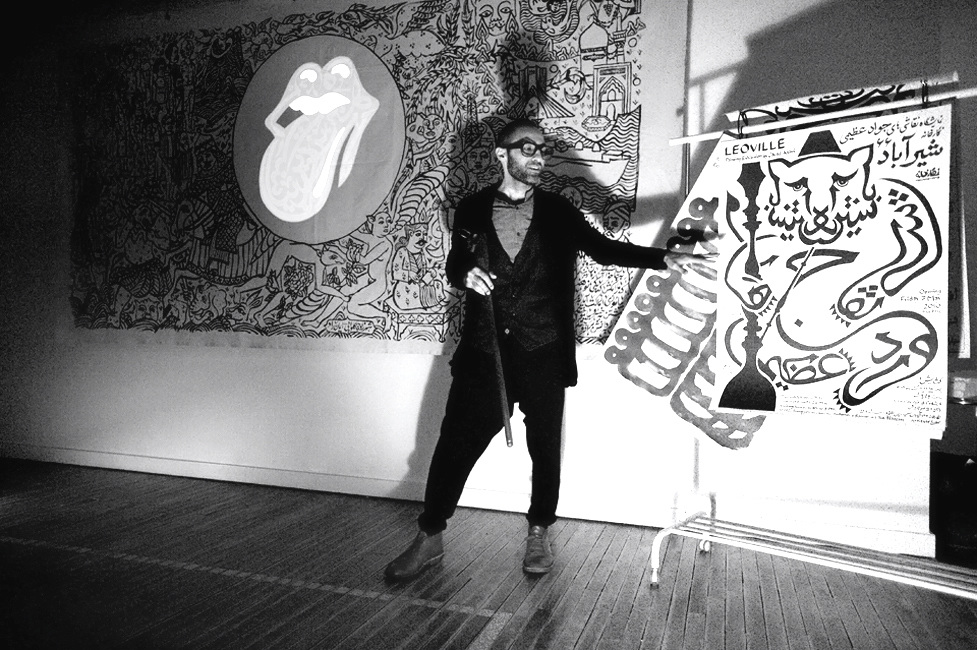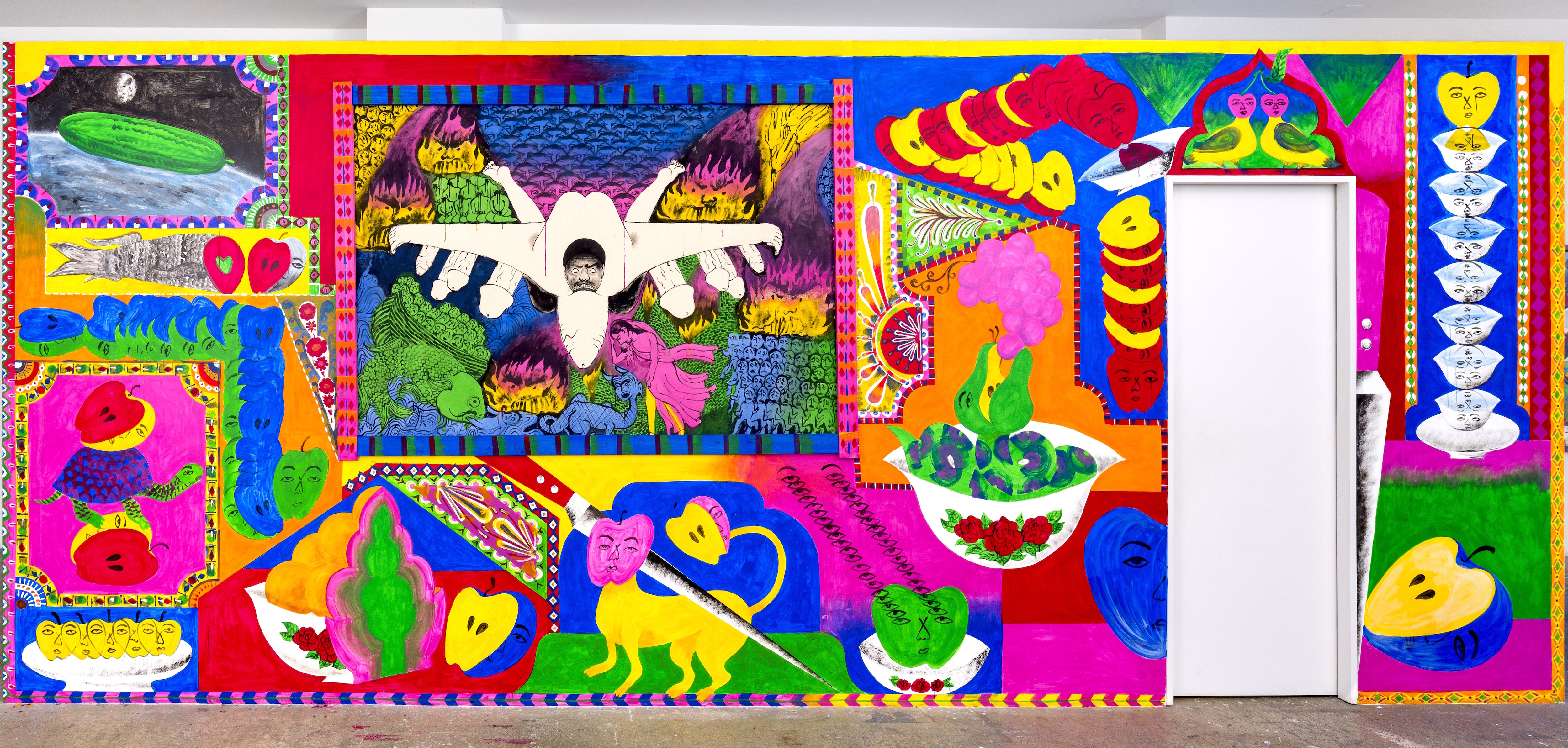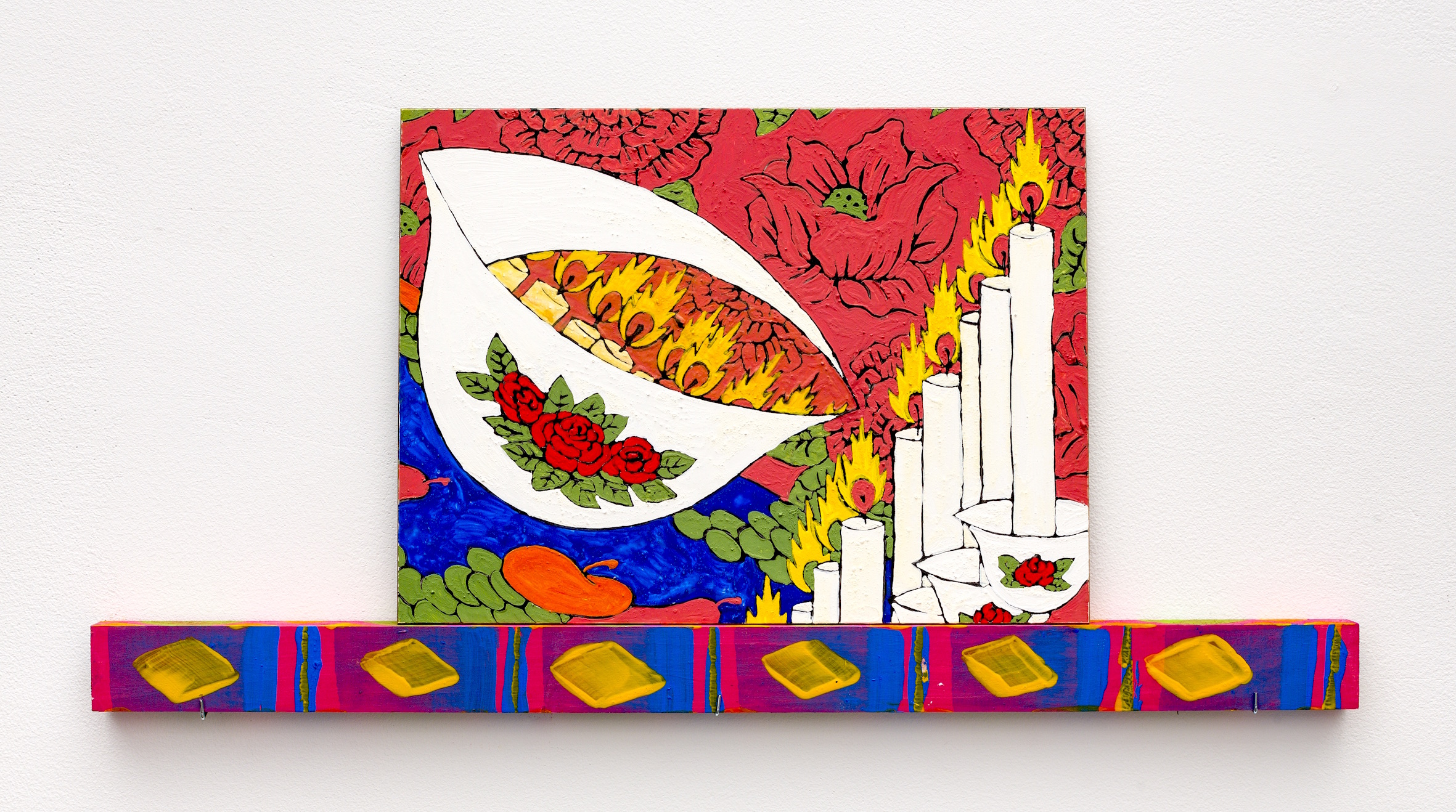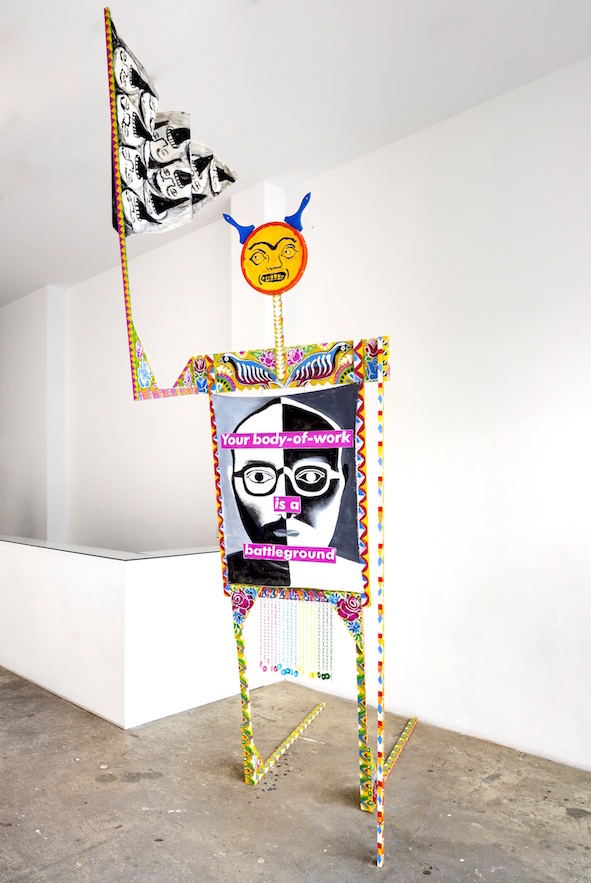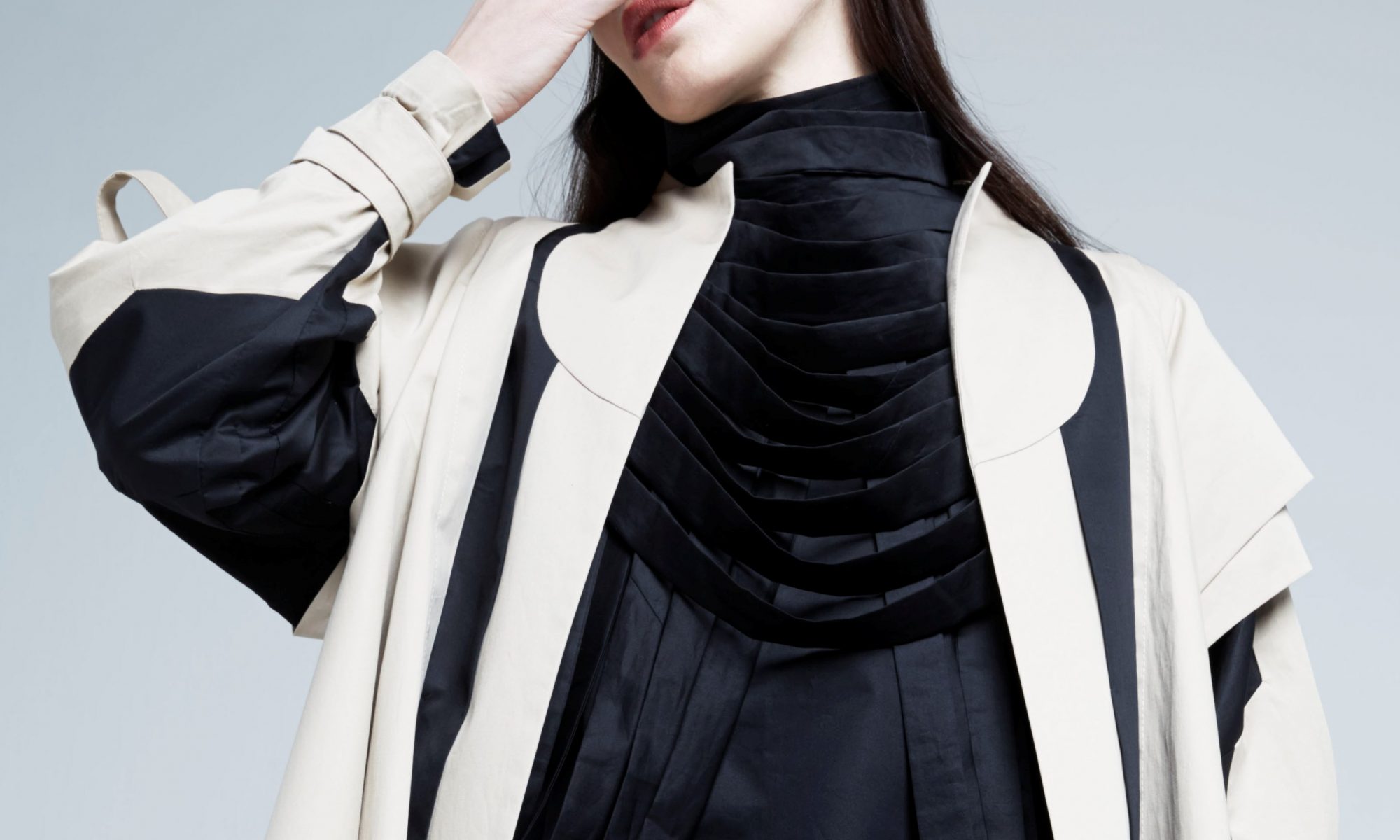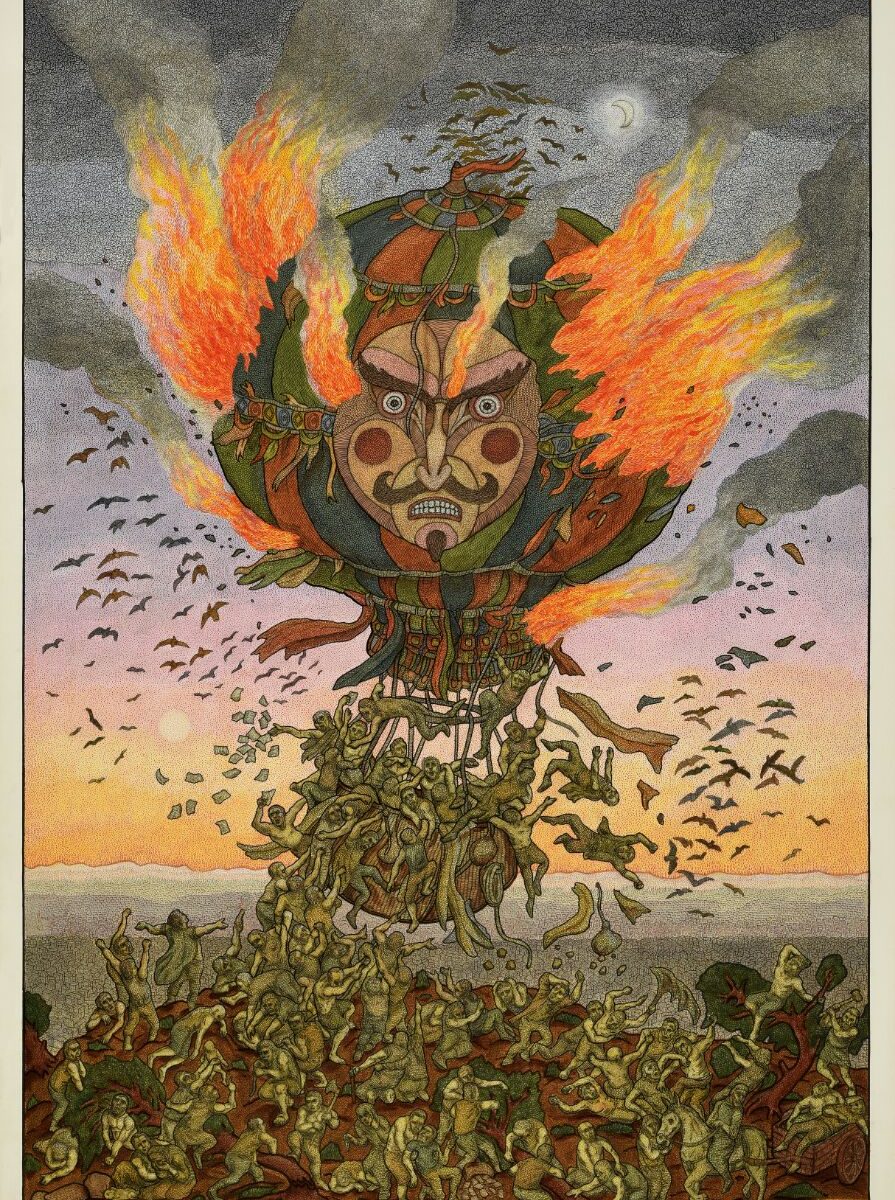LINDA BROWNLEE, Unfolding the hidden beauty of the raw
Linda Brownlee is an award winning photographer and filmmaker renowned for her documentary approach. She works with the most prestigious newspapers and magazines, has published several books and her photographs have been exhibited at London’s National Portrait Gallery.
Intrigued by the romance of the raw, Linda Brownlee finds inspiration in the unexpected beauty of details that are often overlooked. Unfolding moments of intimacy with a spontaneous sincerity her images are delicate, lose and airy with an elegant glow.
Anahita’s Eye presents her long-term project “i Zii”, a tender portrayal of a family in the Sicilian village of Gangi.

You’ve studied art and design after graduating from a communication degree at Dublin City University. What made you decide to become a photographer?
Photography was one of the modules in the art & design course, and I fell for for it that year, photographing anything and everything.
I loved it! I didn’t know any Irish photographers at that time and didn’t know how to begin to make a career out of it. It was simply a passion I decided to follow and see where it went.

I was very non committal about the whole thing, it just felt like a hobby. I was probably three or four years into things before I acknowledged to myself that I was actually pretty serious about it as a career.
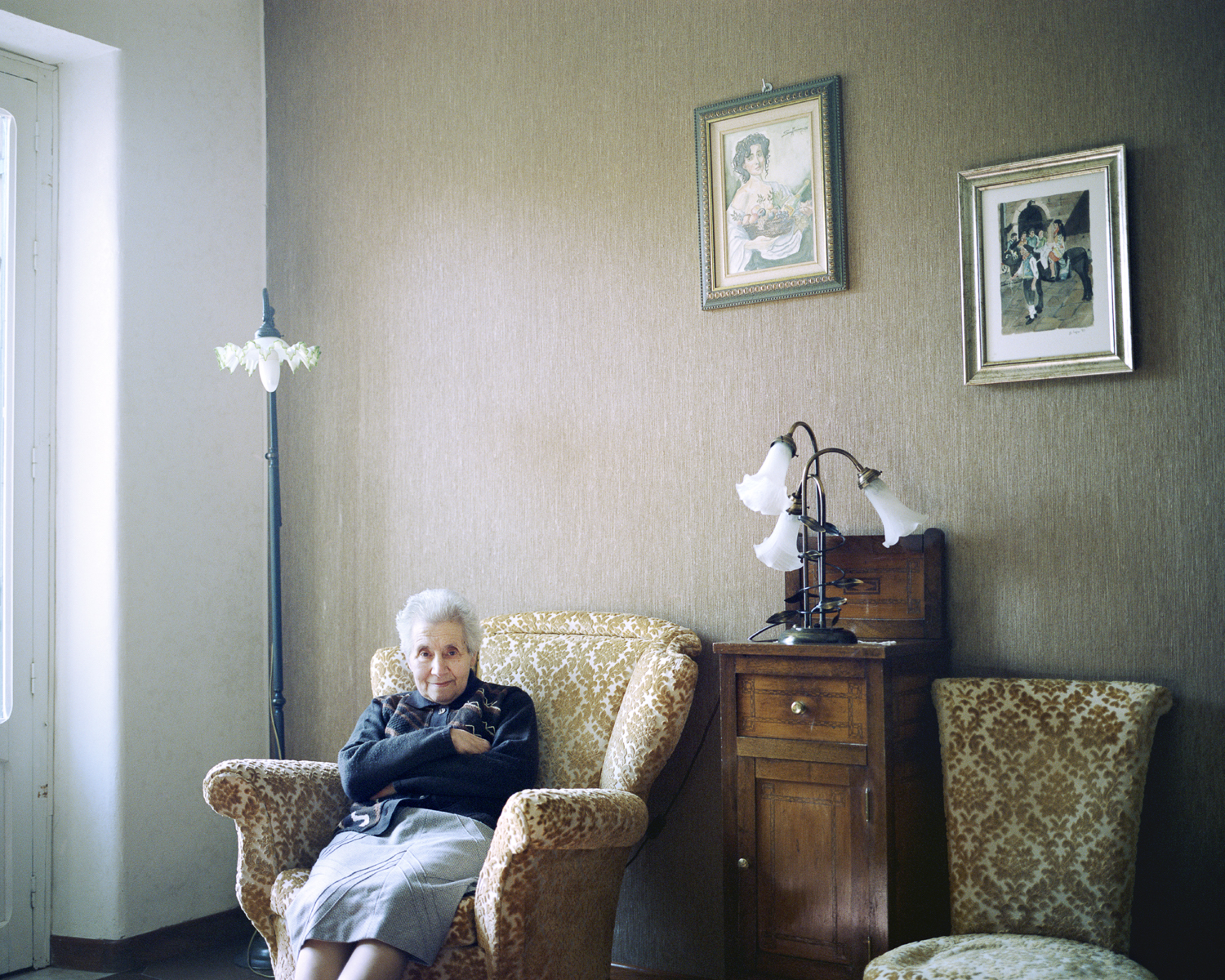
And if not photographer, what would you have been?
An equine vet, an actress, a sculptor, a lawyer… I wanted to do and be everything.
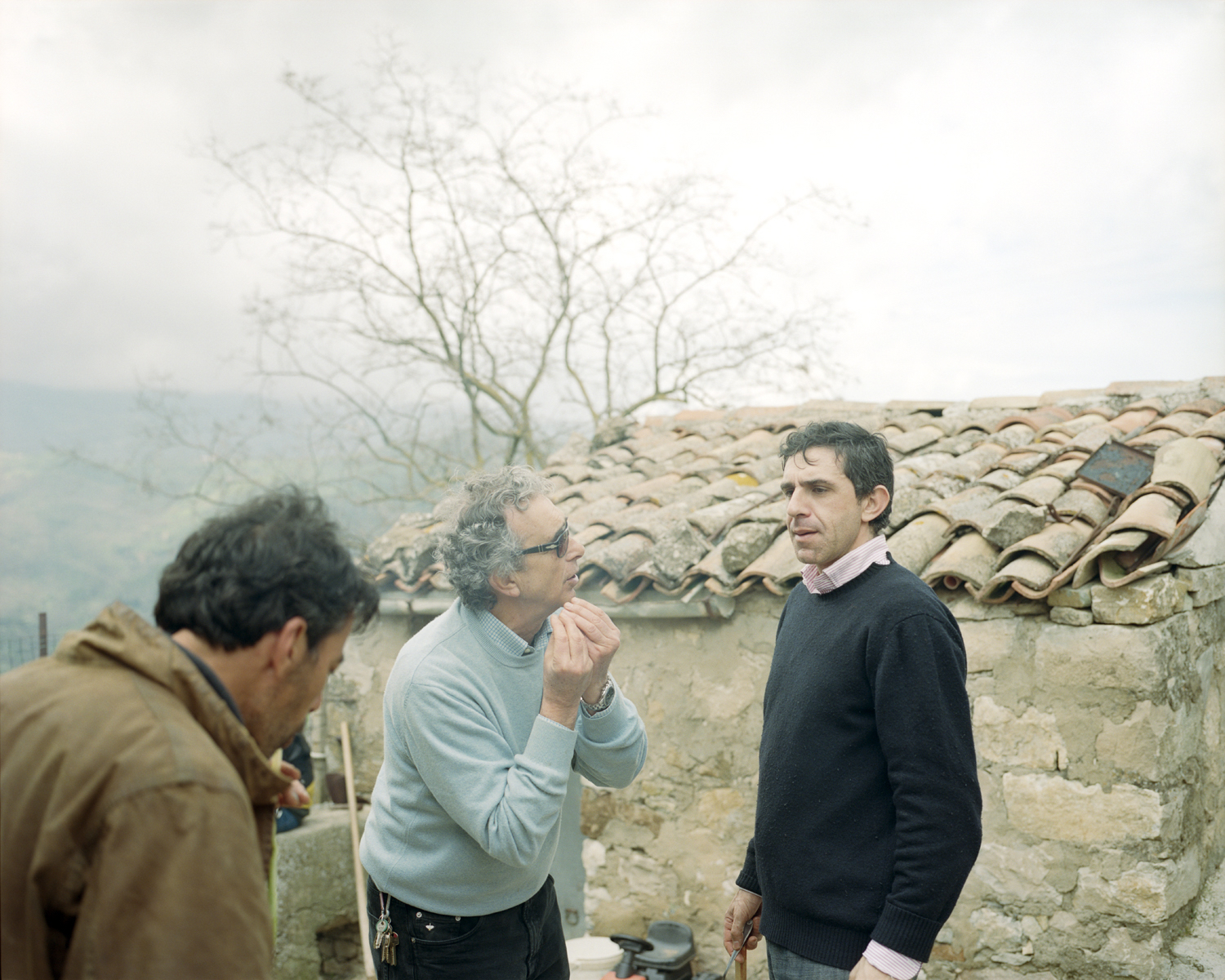
In your photos you focus on the real and intimate nature of people and their relationship to the environment they inhabit.
What is really important for you when you shoot a portrait ?
For me, it’s about capturing an energy and a mood, something that reflects the exchange, however fleeting that is.
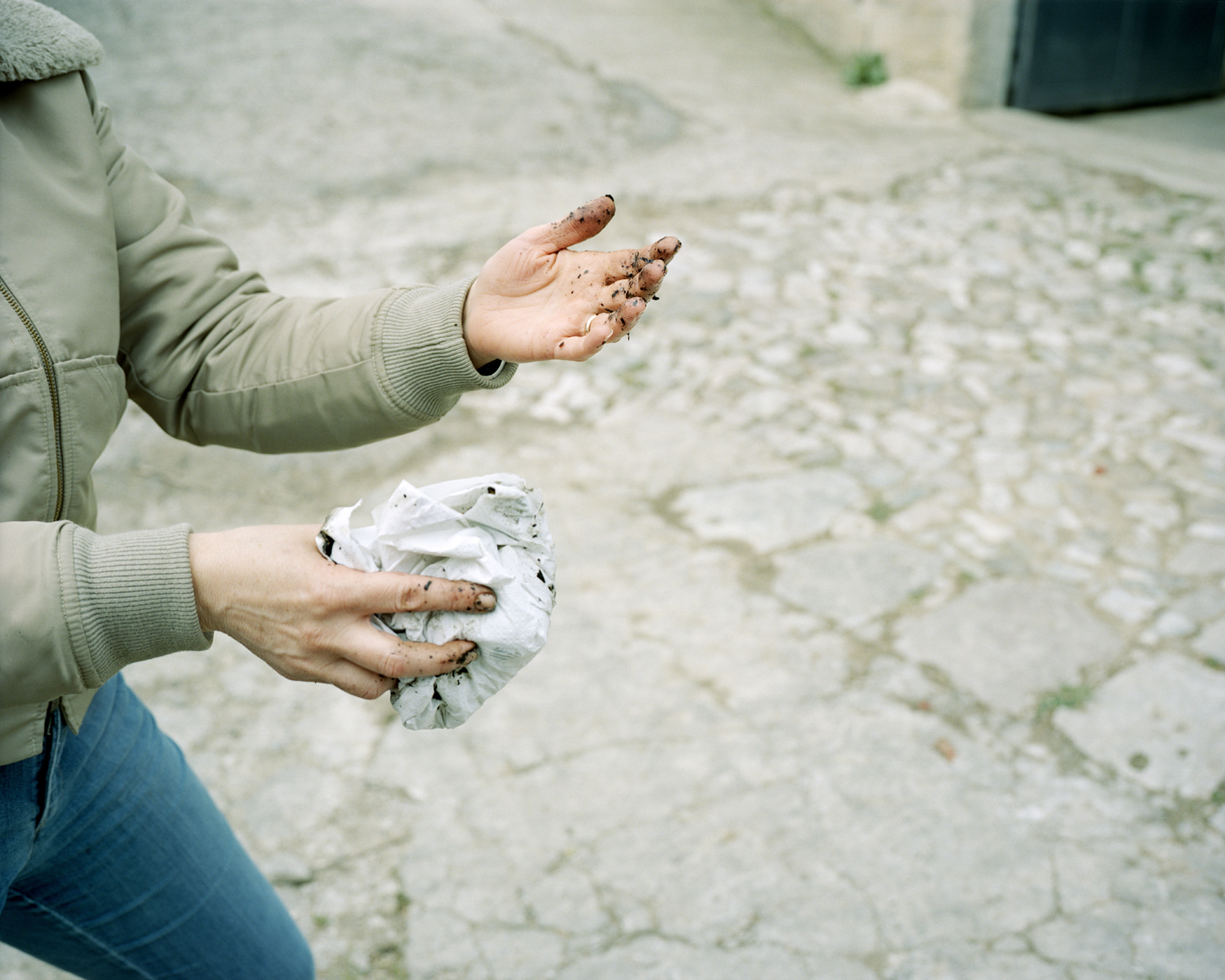
So to capture this energy, how much do you direct your subjects? Or do you prefer to stay quite spontaneous?
My focus is always on creating a super relaxed atmosphere, working out the chemistry and finding some chat.
I try to keep direction to a minimum, preferring things to naturally unfold. I seem to get something a little more interesting, perhaps more intimate that way.

You’ve showed these moments of intimacy in several documentaries for Nowness: The series « Limber Notes », featuring performers of all ages and backgrounds with one thing in common, their love for dance. Or « In the Arena » about the famous British model Edie Campbell revealing her passion for horse riding.
Would you like to direct more documentaries?
Yes, I’d love to do more directing. I find it really exciting and satisfying.
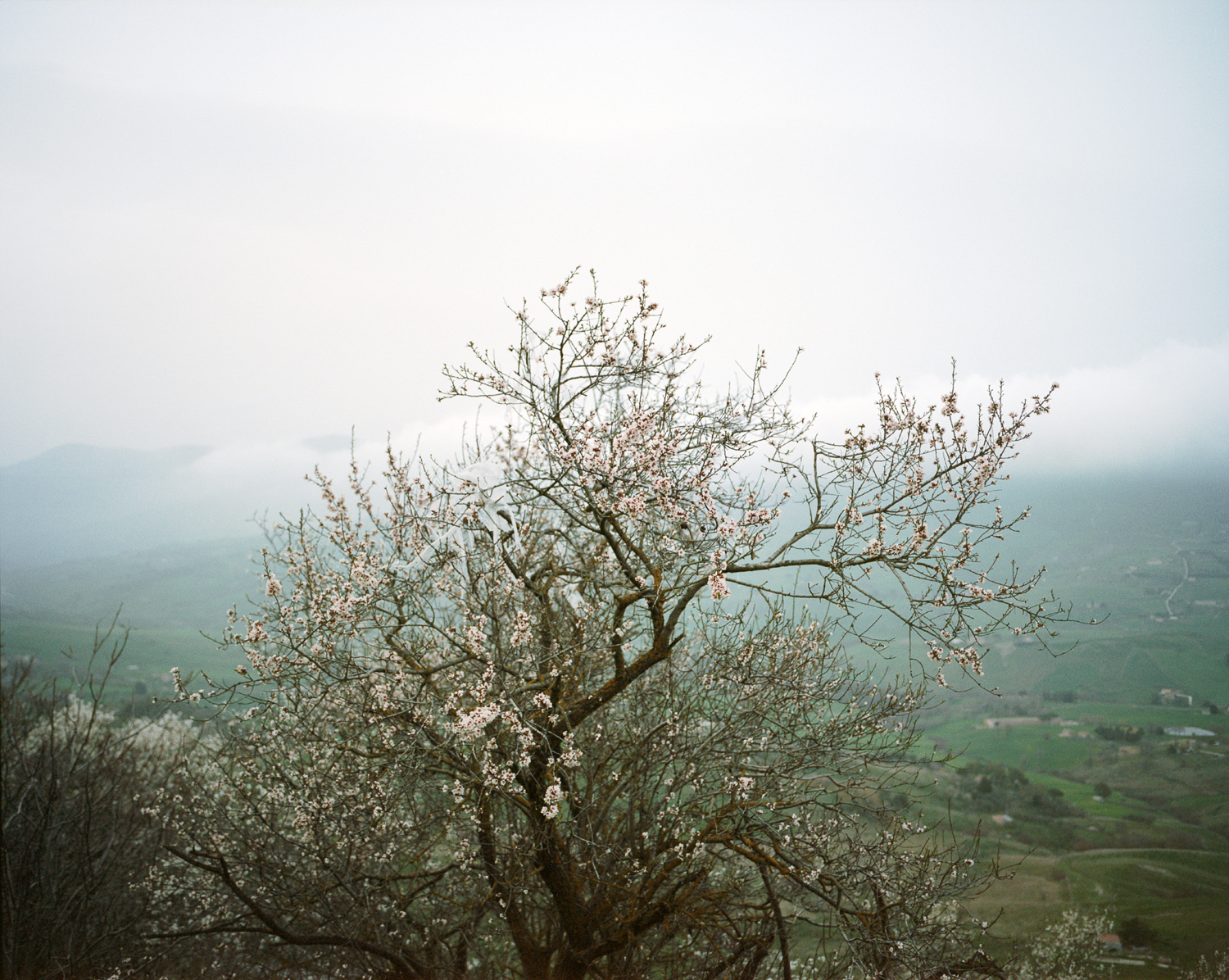
I love the challenge of working with all the elements. I studied radio with my communications degree and appreciate the awesome power of sound. Being interested in people’s characters, stories and creating a mood, it makes for a fairly natural transition.
I think there’s a big documentary film in me somewhere, I just need to find the time.
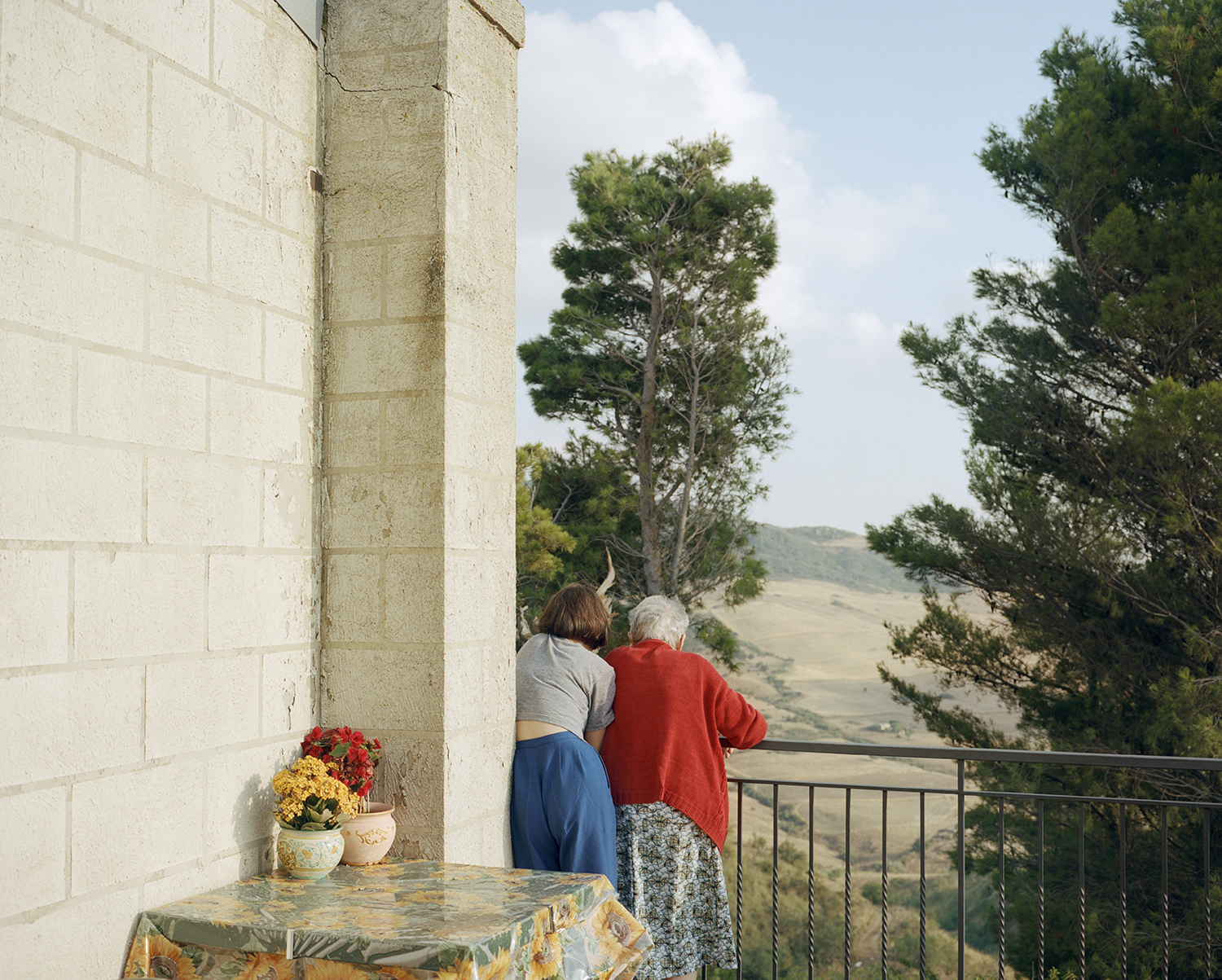
Any person or subject in particular that you dream of treating in this big future documentary portraiture project?
Not right now, but when I discover who it is, I’m sure I’ll find the time to do it.
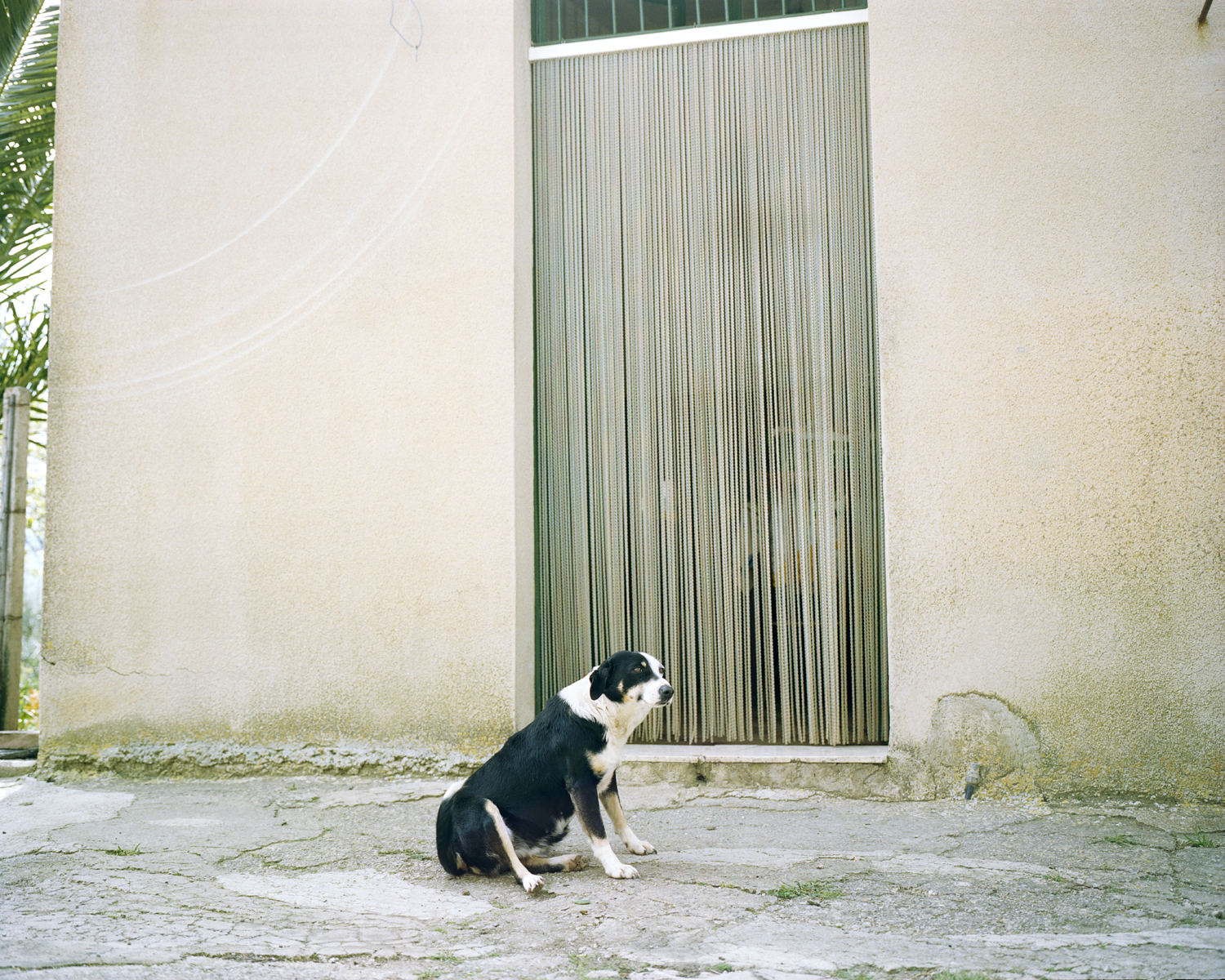
As an award winning photographer renowned for your documentary approach, you also work for fashion.
What is so interesting for you in fashion photography?
I love working with beautiful clothes, collaborating with stylists, and I’m interested in casting. Its feels like a really nice place to play, experiment and push myself in different ways.

And whose style do you admire?
I don’t know if I would use admire, but I really enjoy Yayoi Kusama’s style.
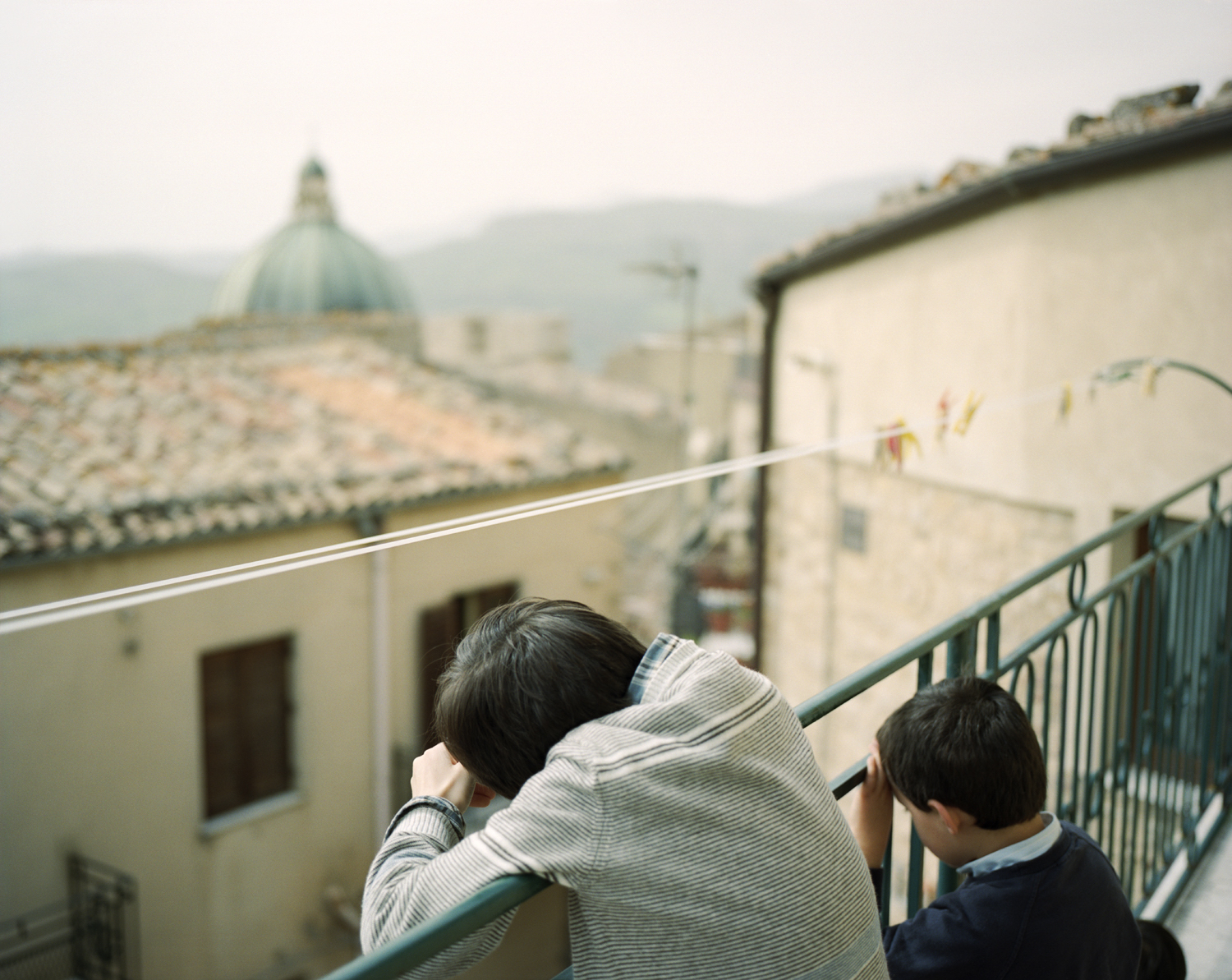
Any photo in particular that inspires your artistic vision?
Definitely not.
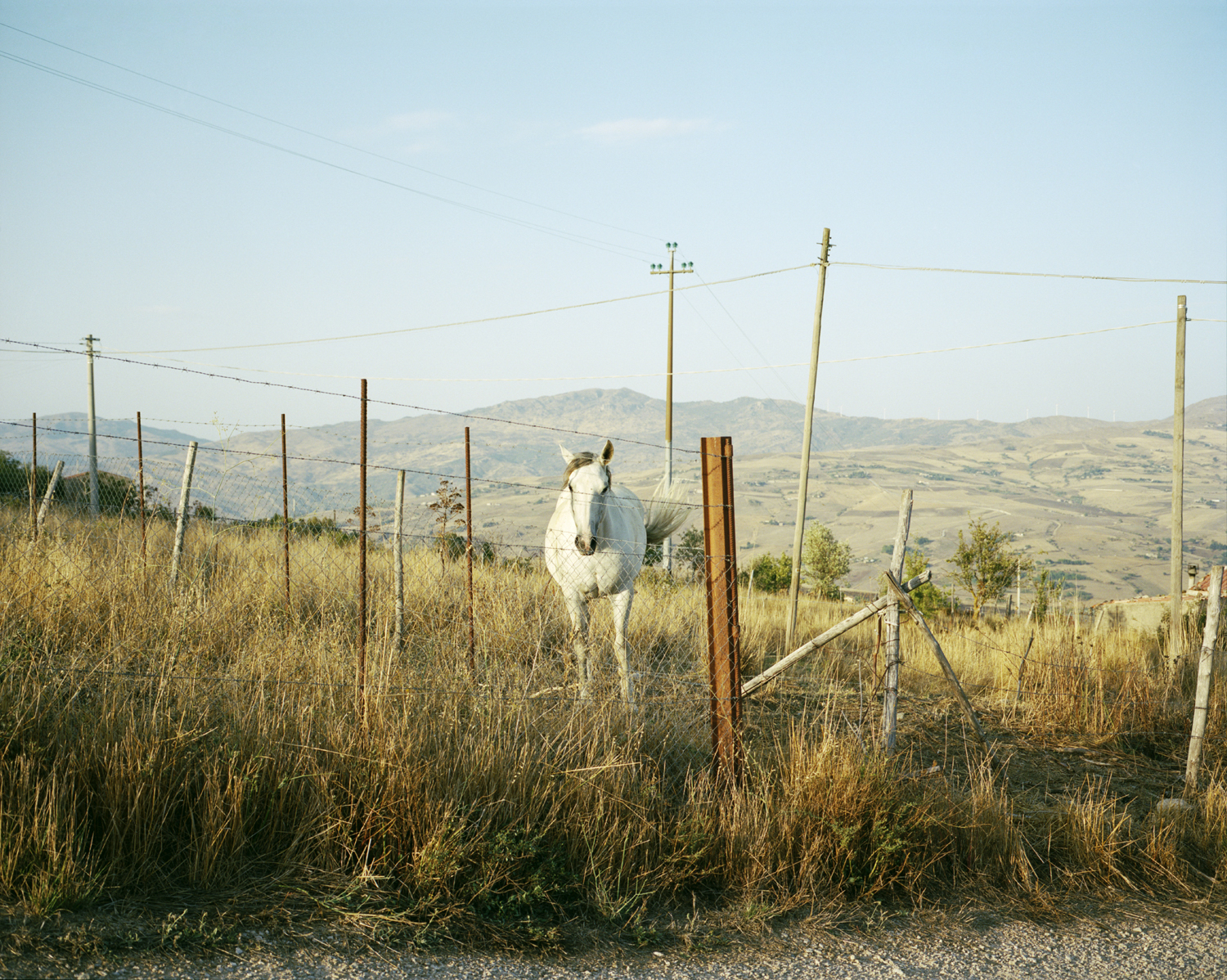
I think my artistic vision is inspired by a mish mash of all sorts, films, paintings, the work of various photographers… And big long walks when I run out of ideas.

A part from being a photographer and director you’re also a mother of two small kids. Did motherhood change your creativity?
It has certainly made me more focused in what I give my creative energy to.
Being a mother halves your time, so you cut out doing the stuff that you actually probably should have said no to anyway. It gives you a certain clarity I guess.

What comes to your mind when you think of Iran?
Hashem Shakeri’s photo series on climate change and its consequences in Iran.
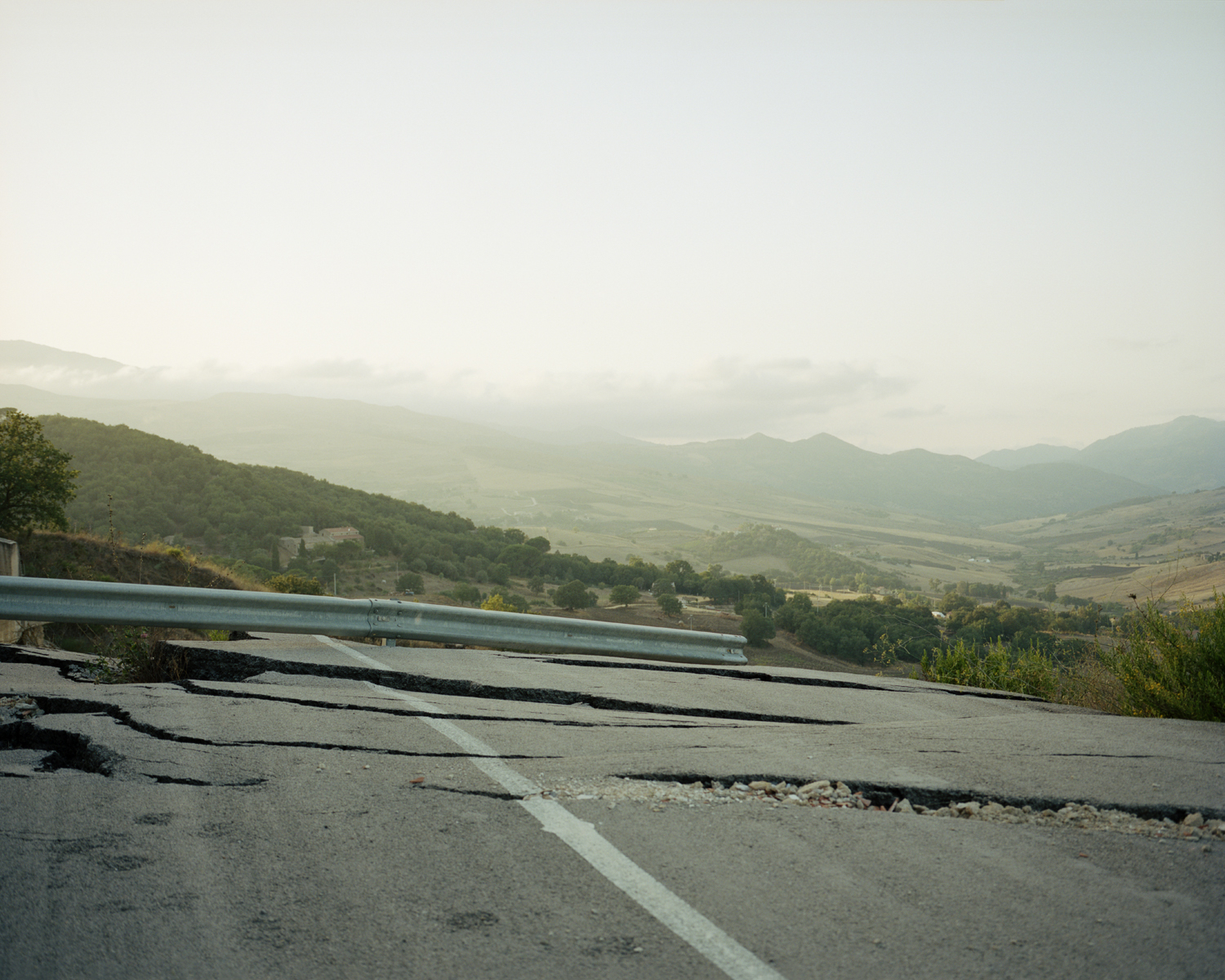
Credits:
All photos: Linda Brownlee
From her self-published book “I Zii”, EightyOne Books, 2016
http://www.lindabrownlee.com
Text: Anahita Vessier
Share this post
